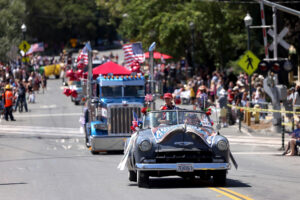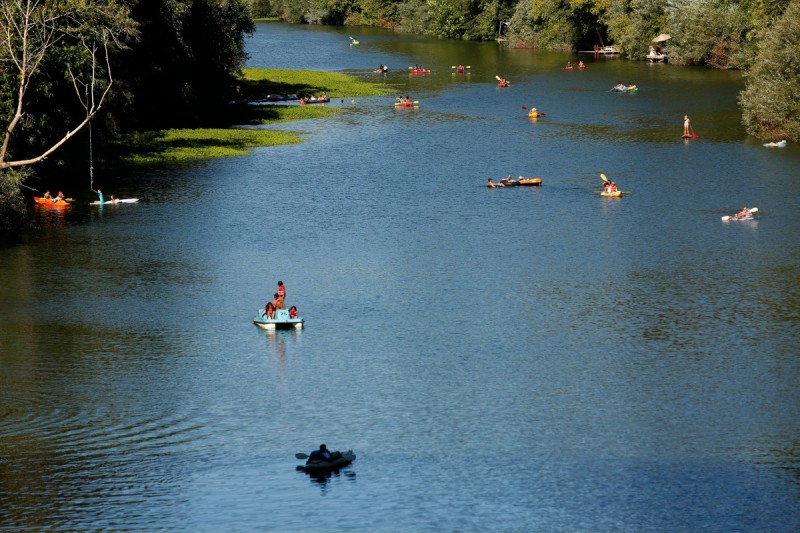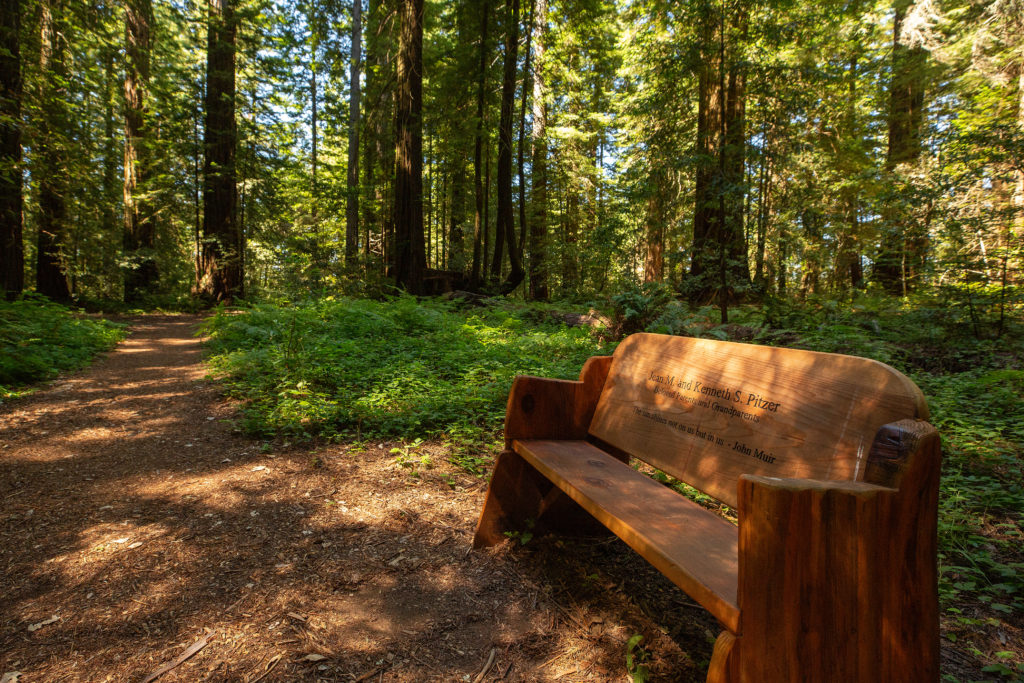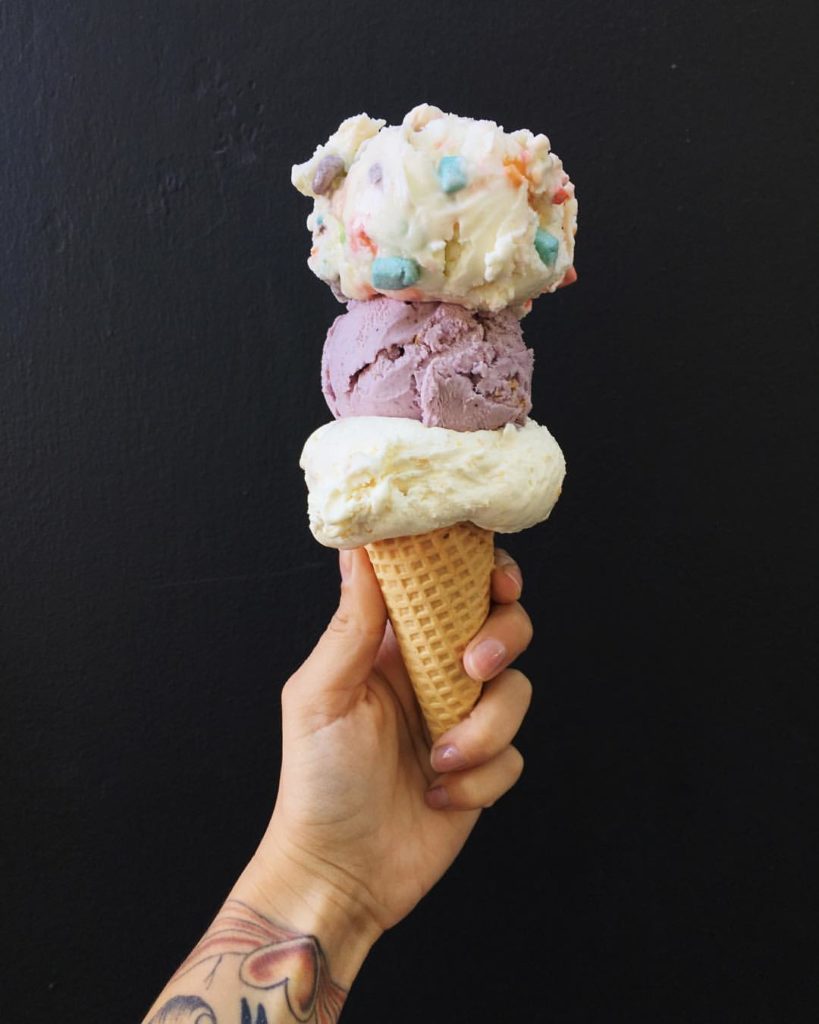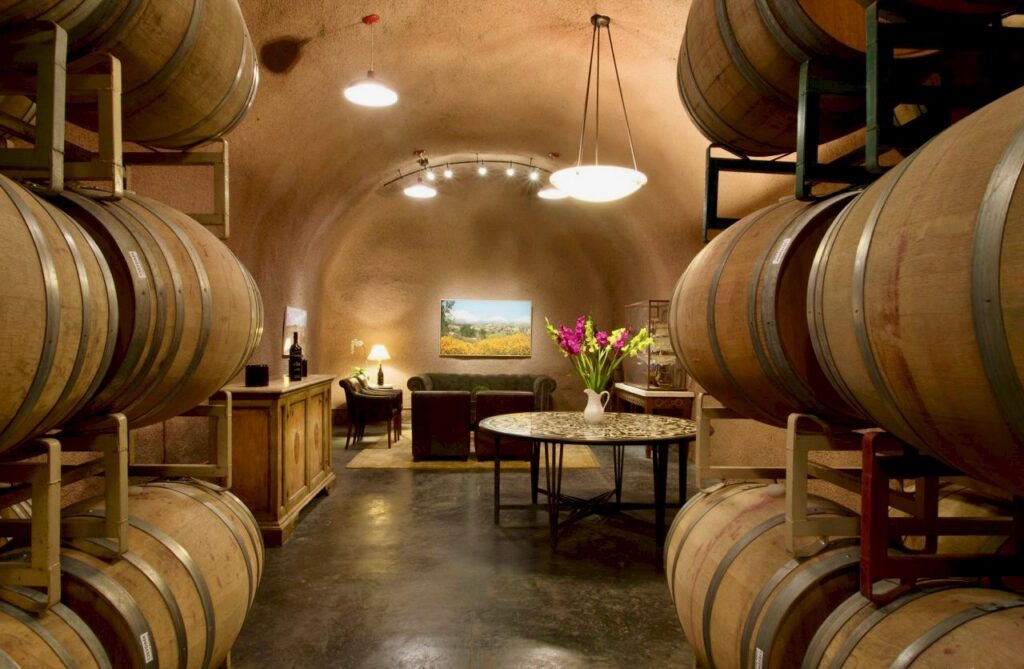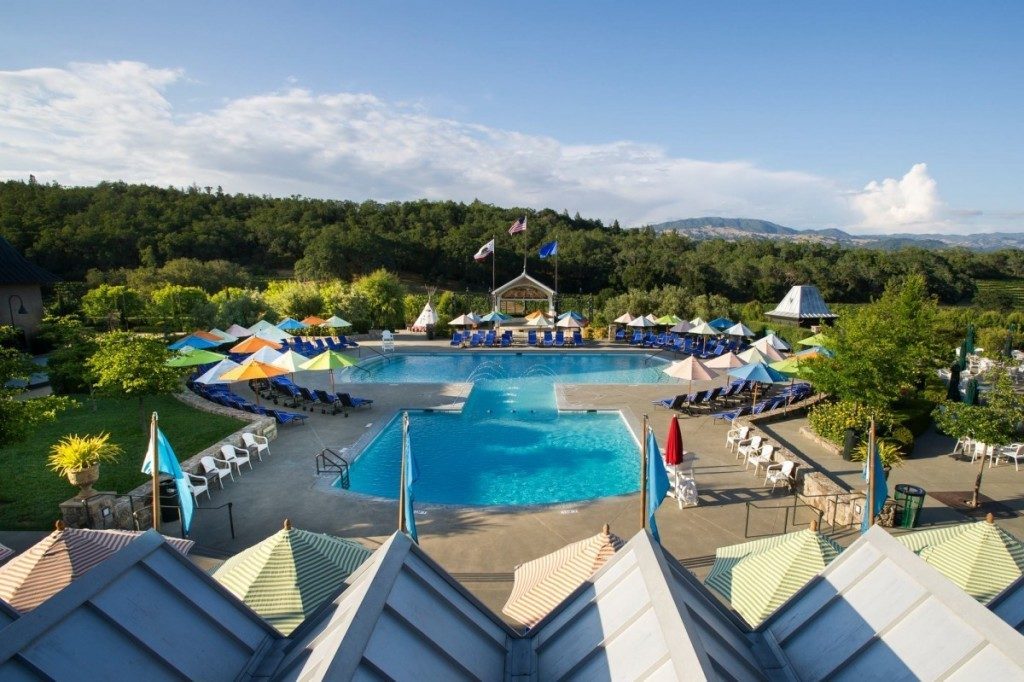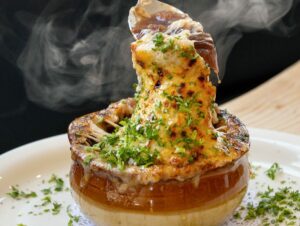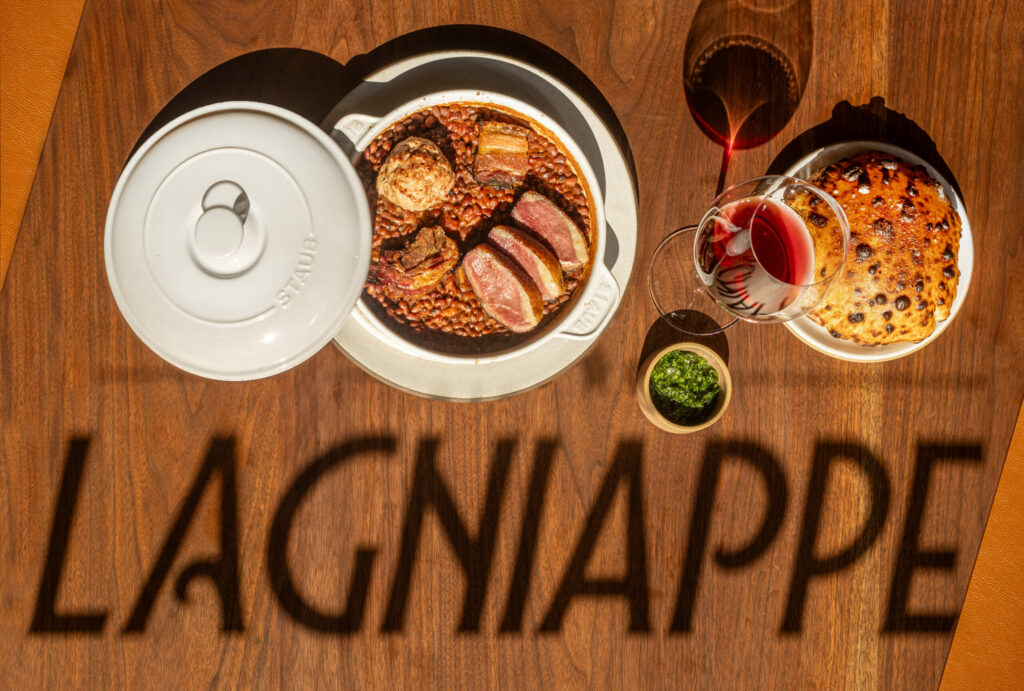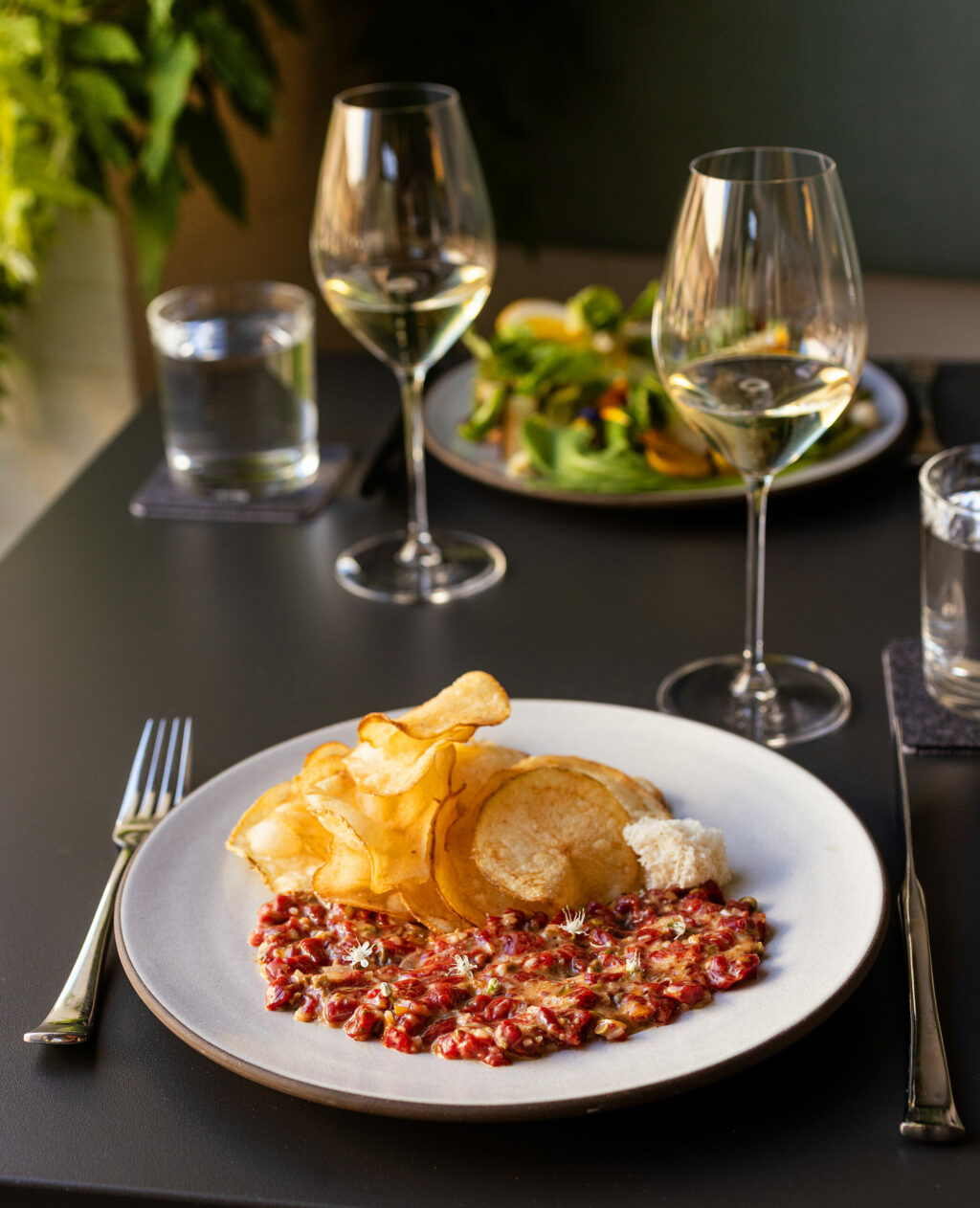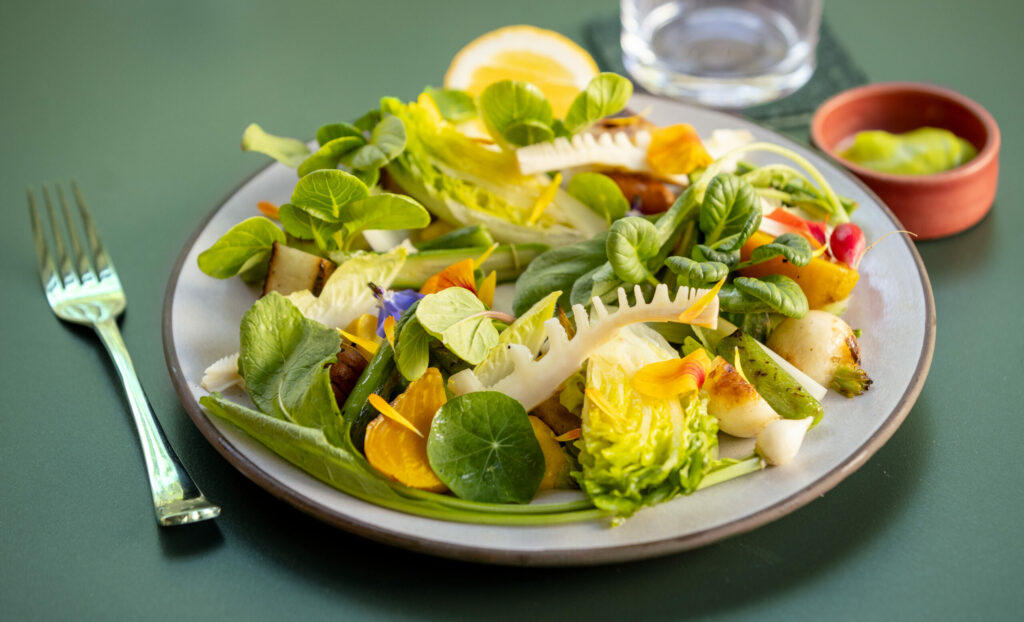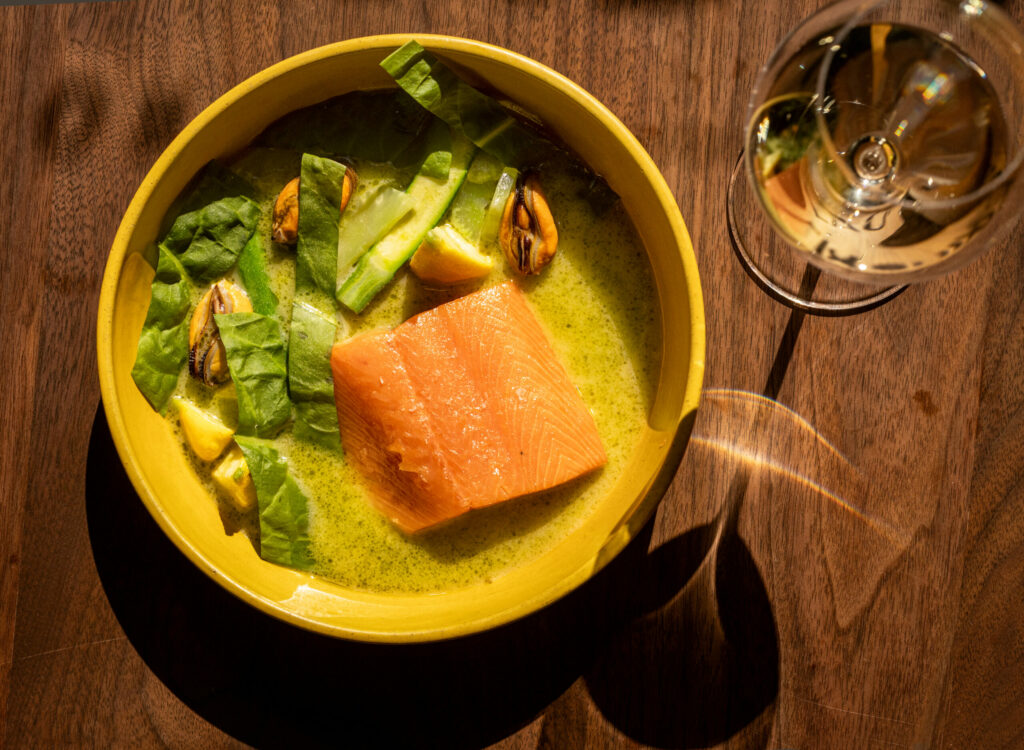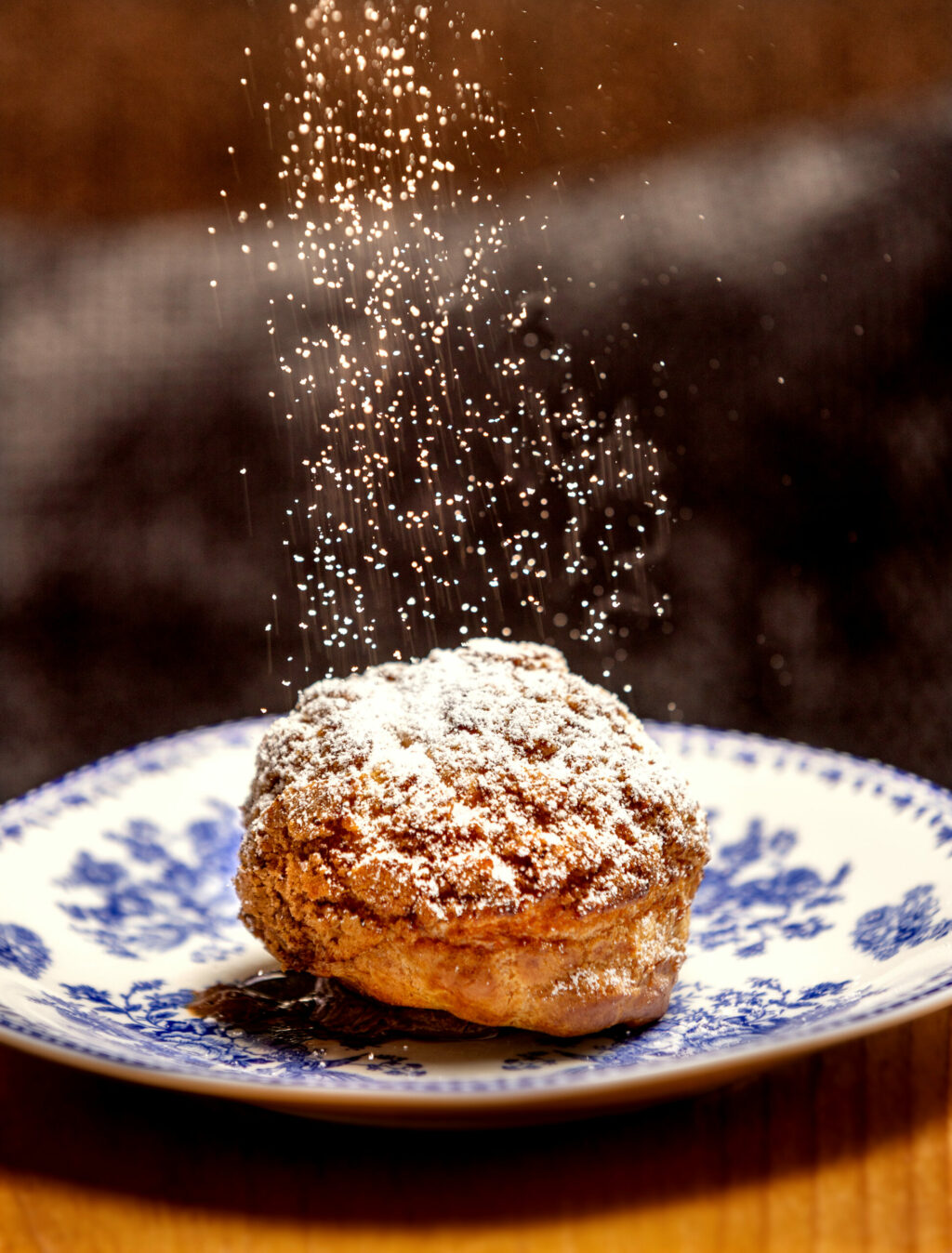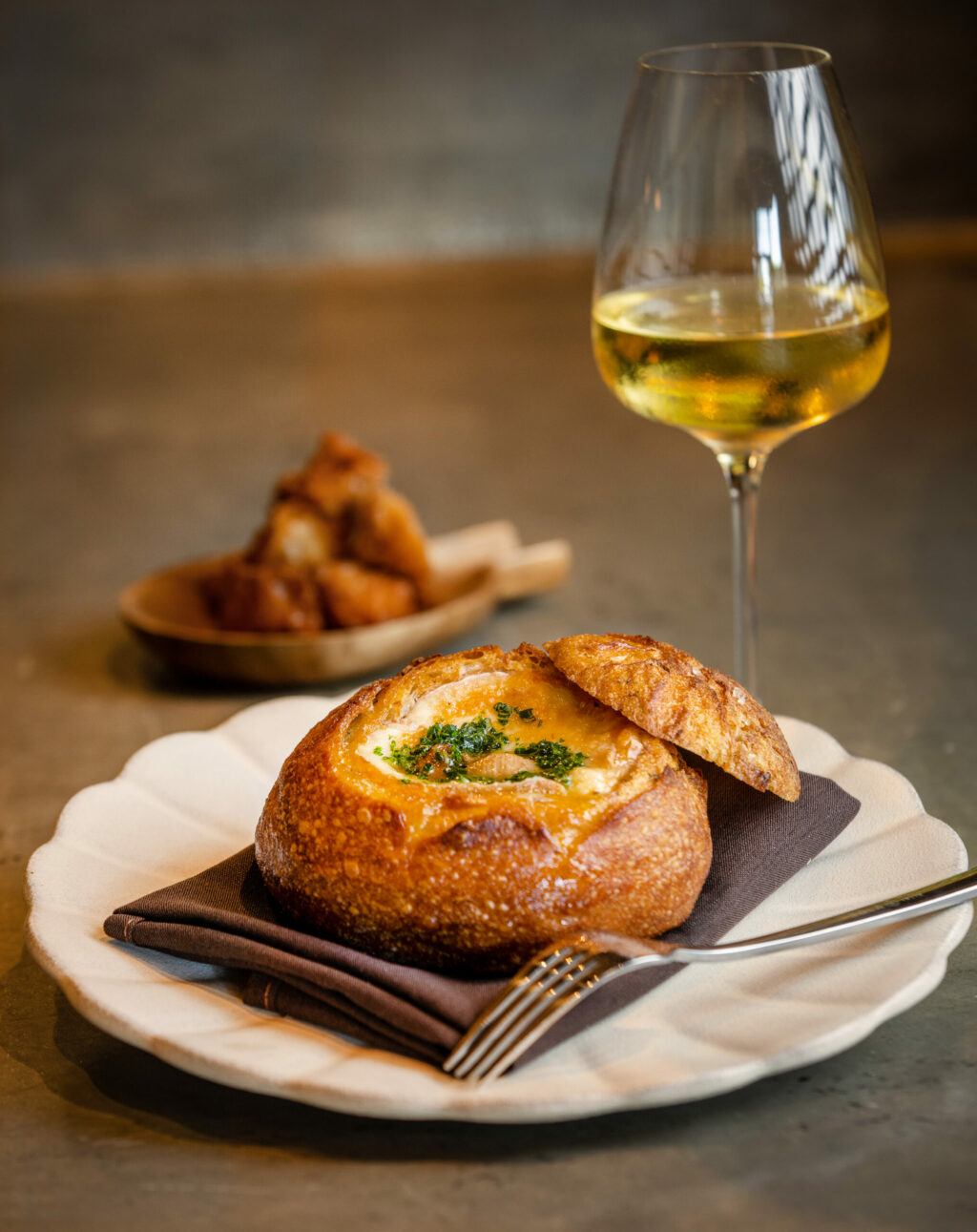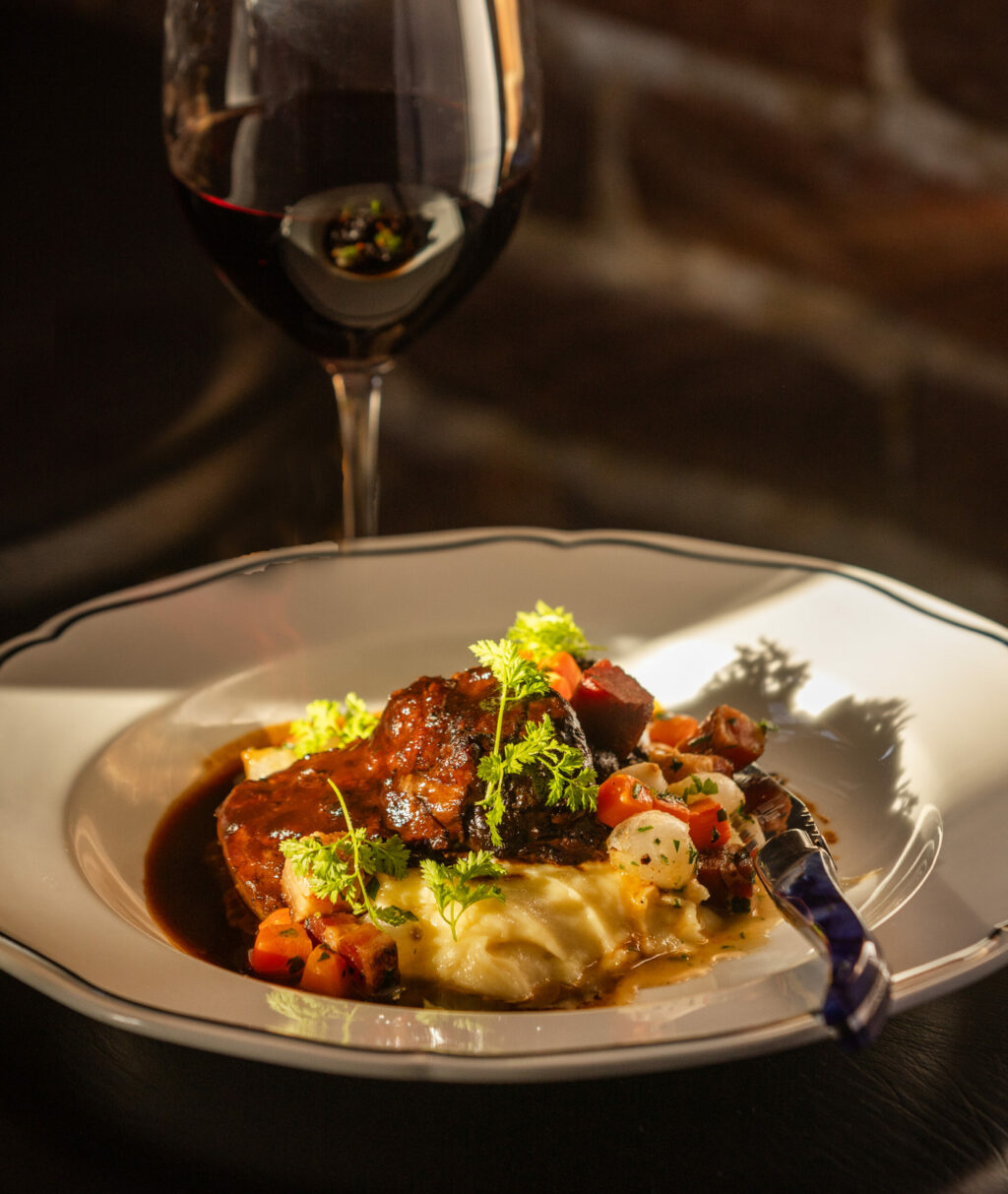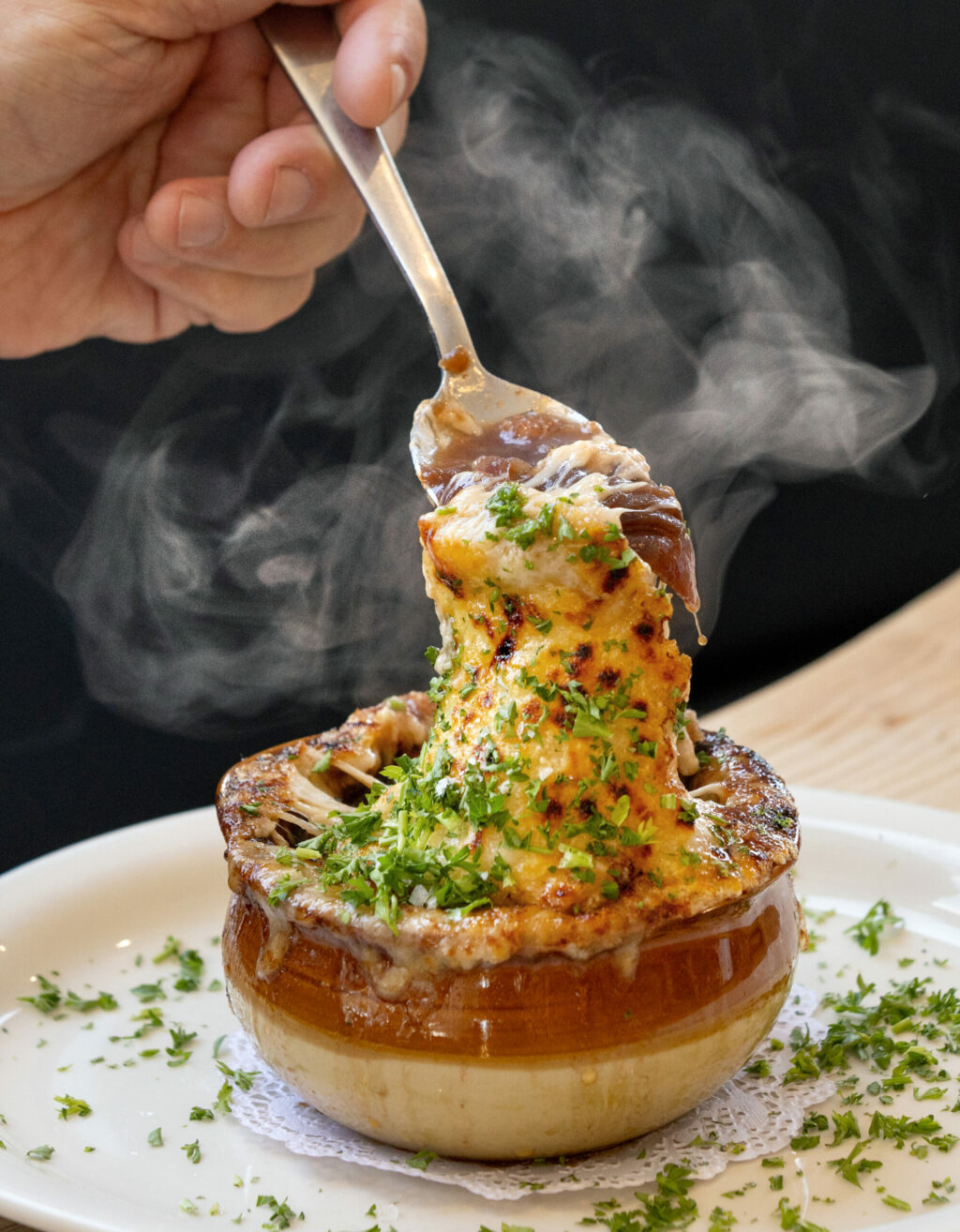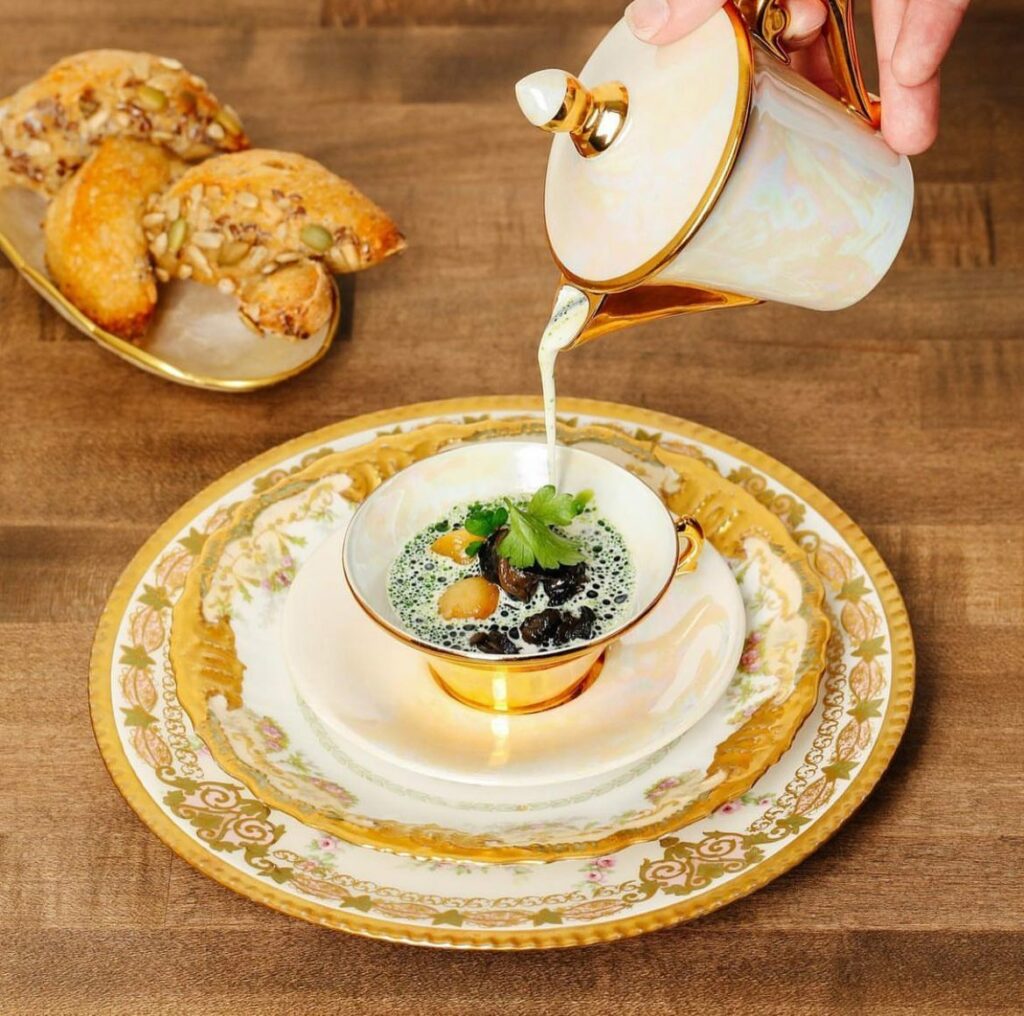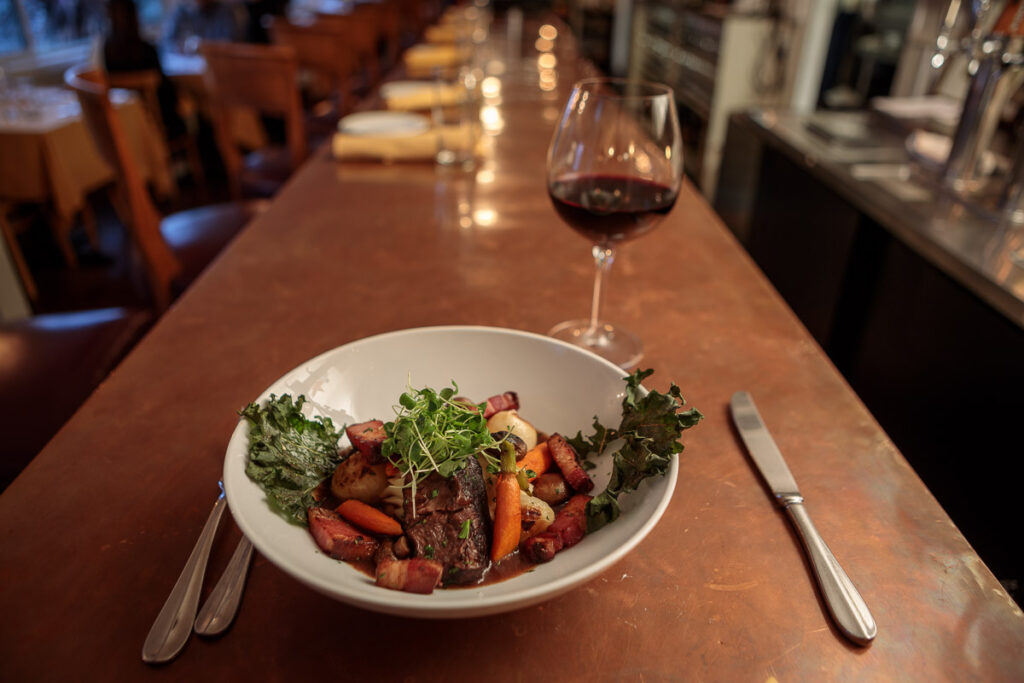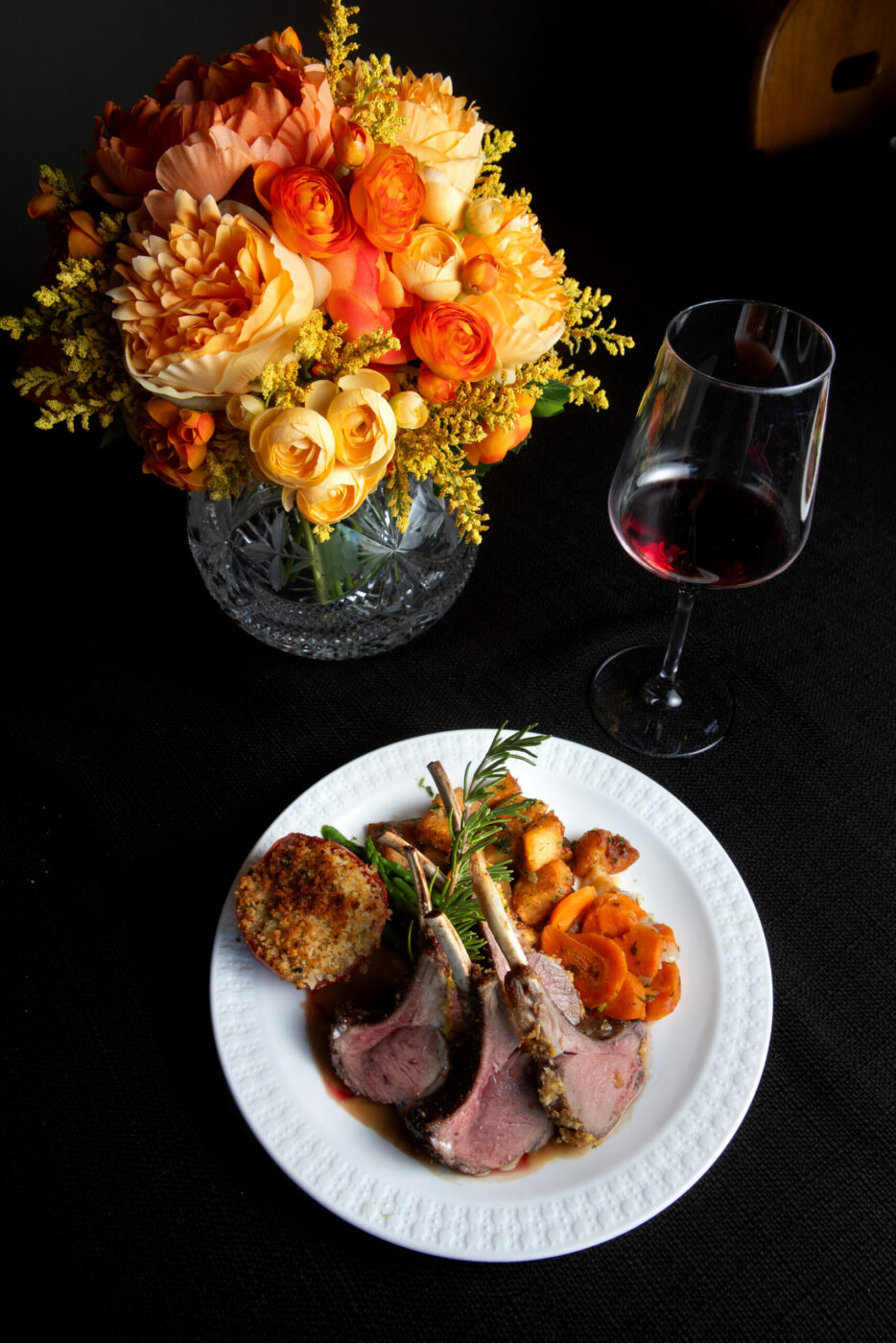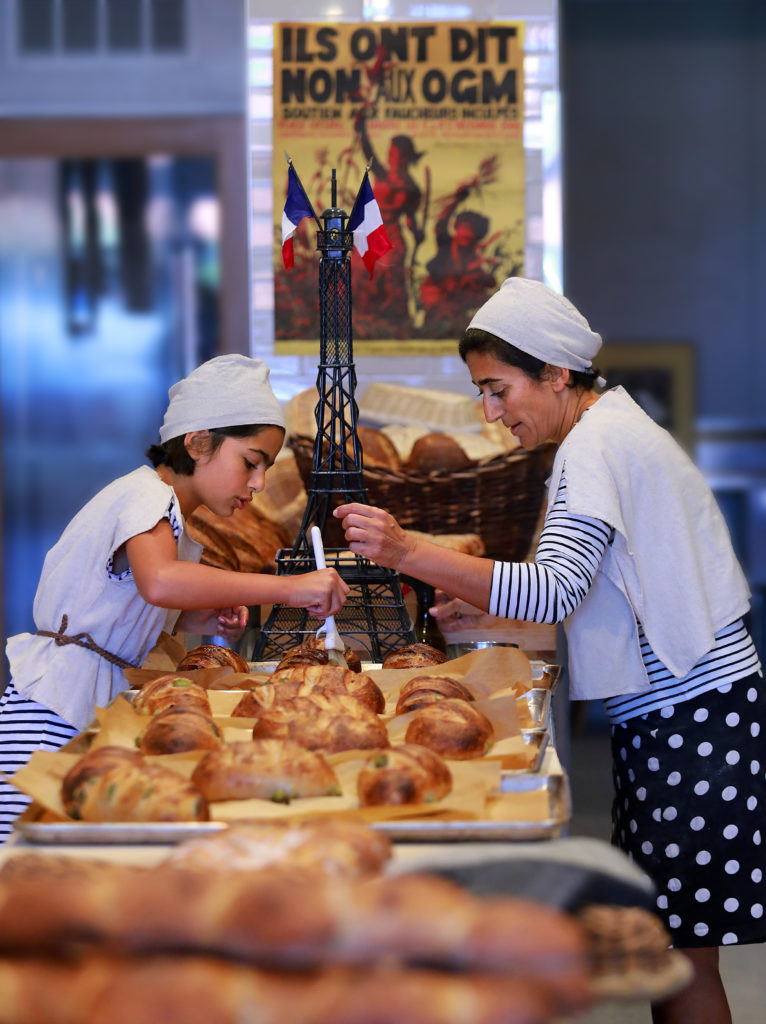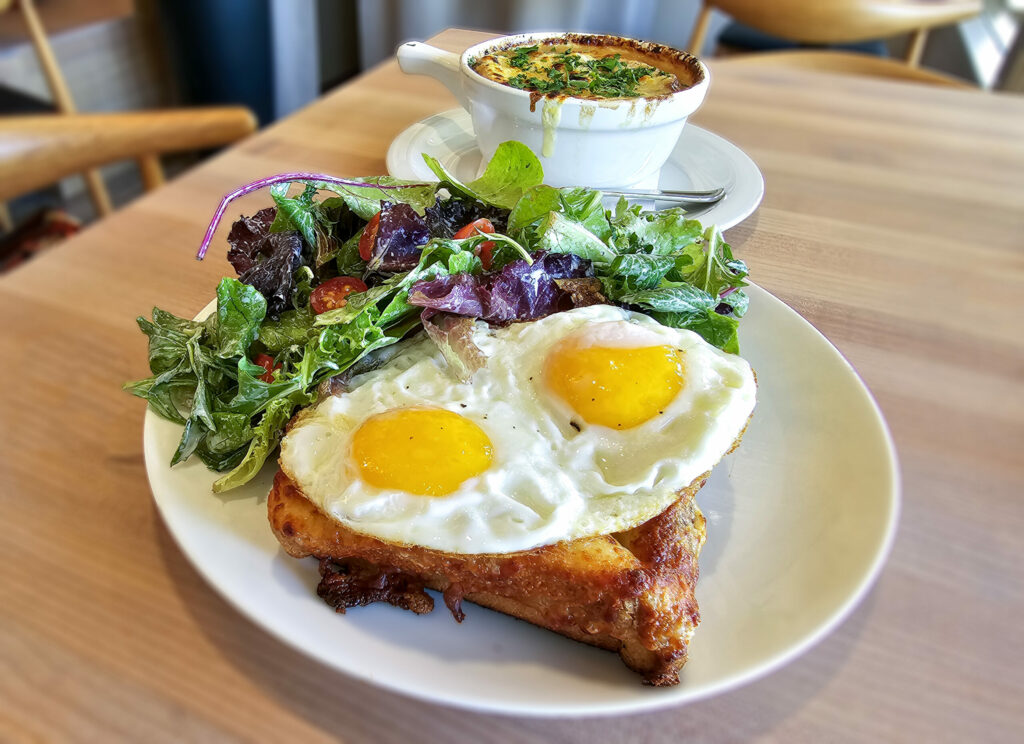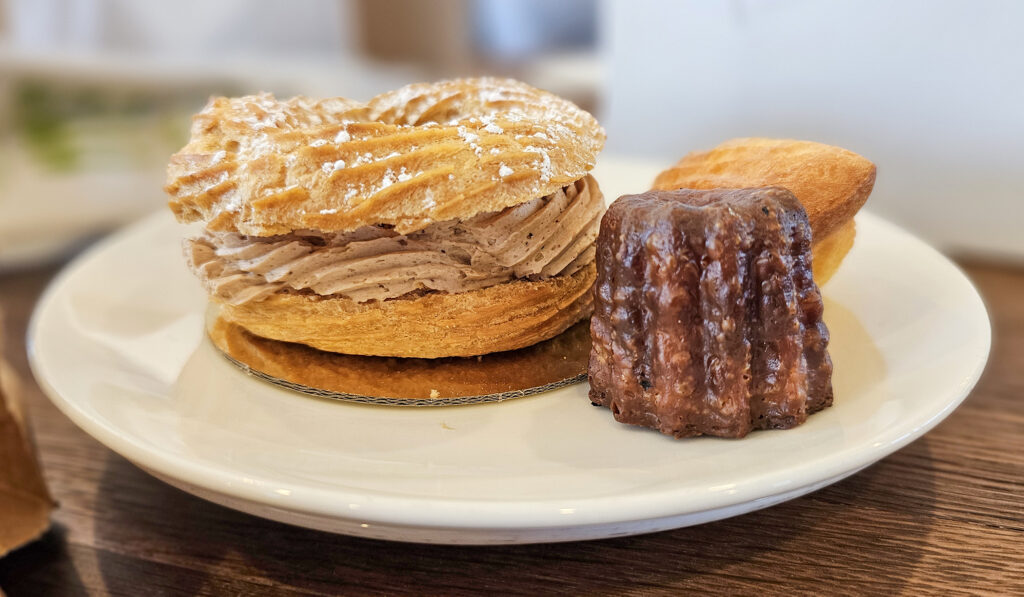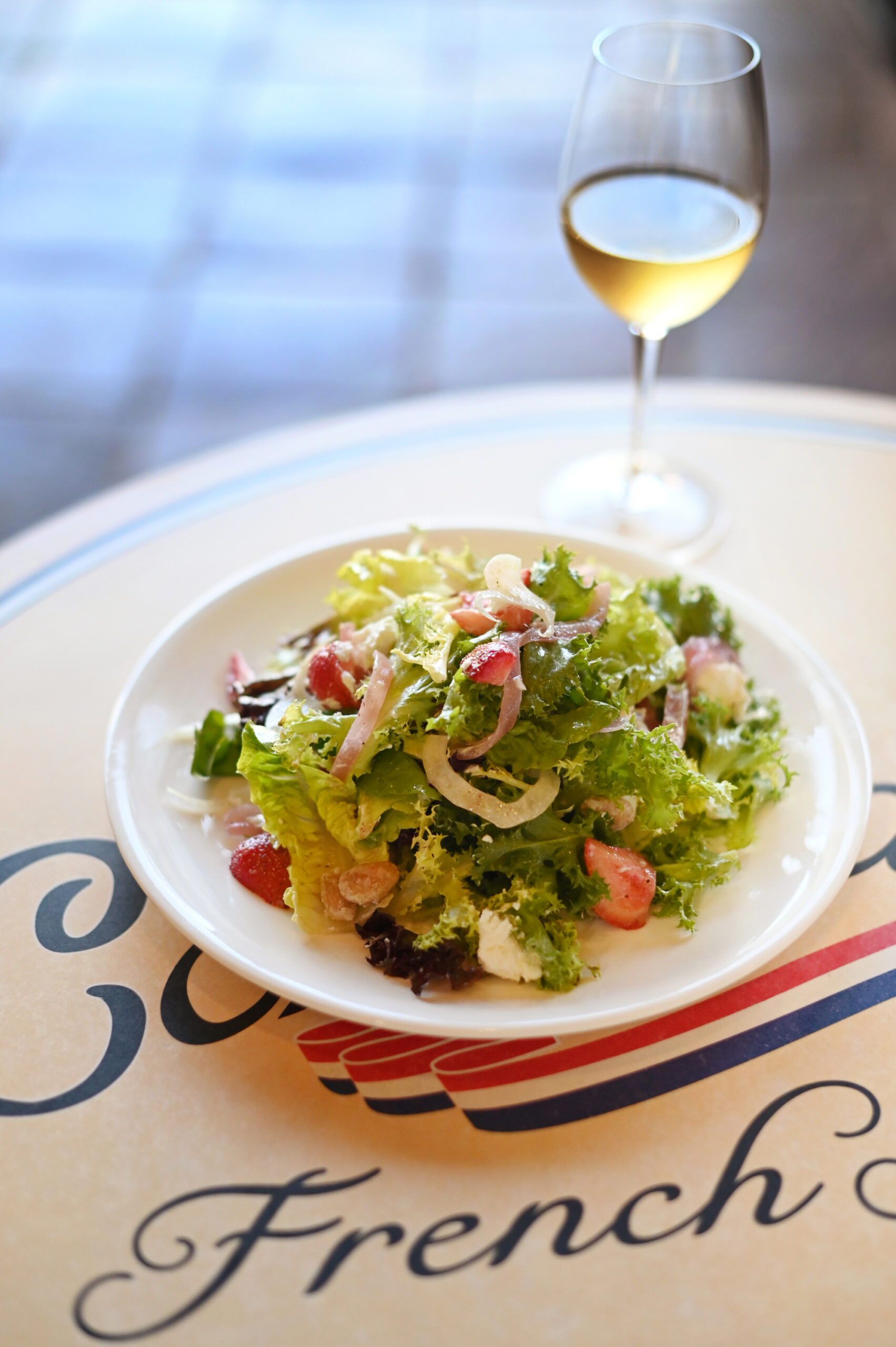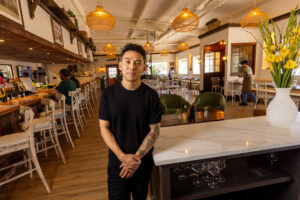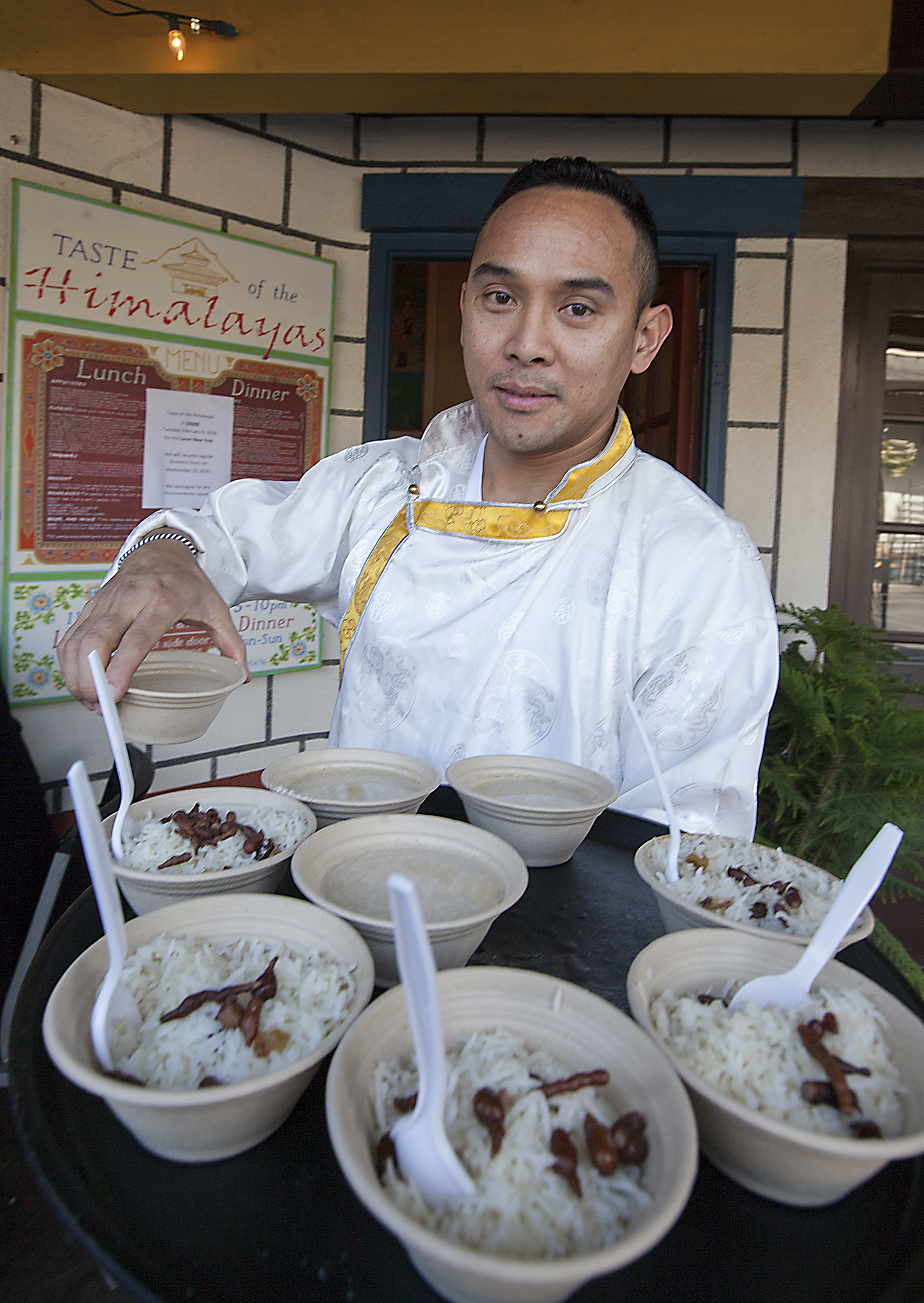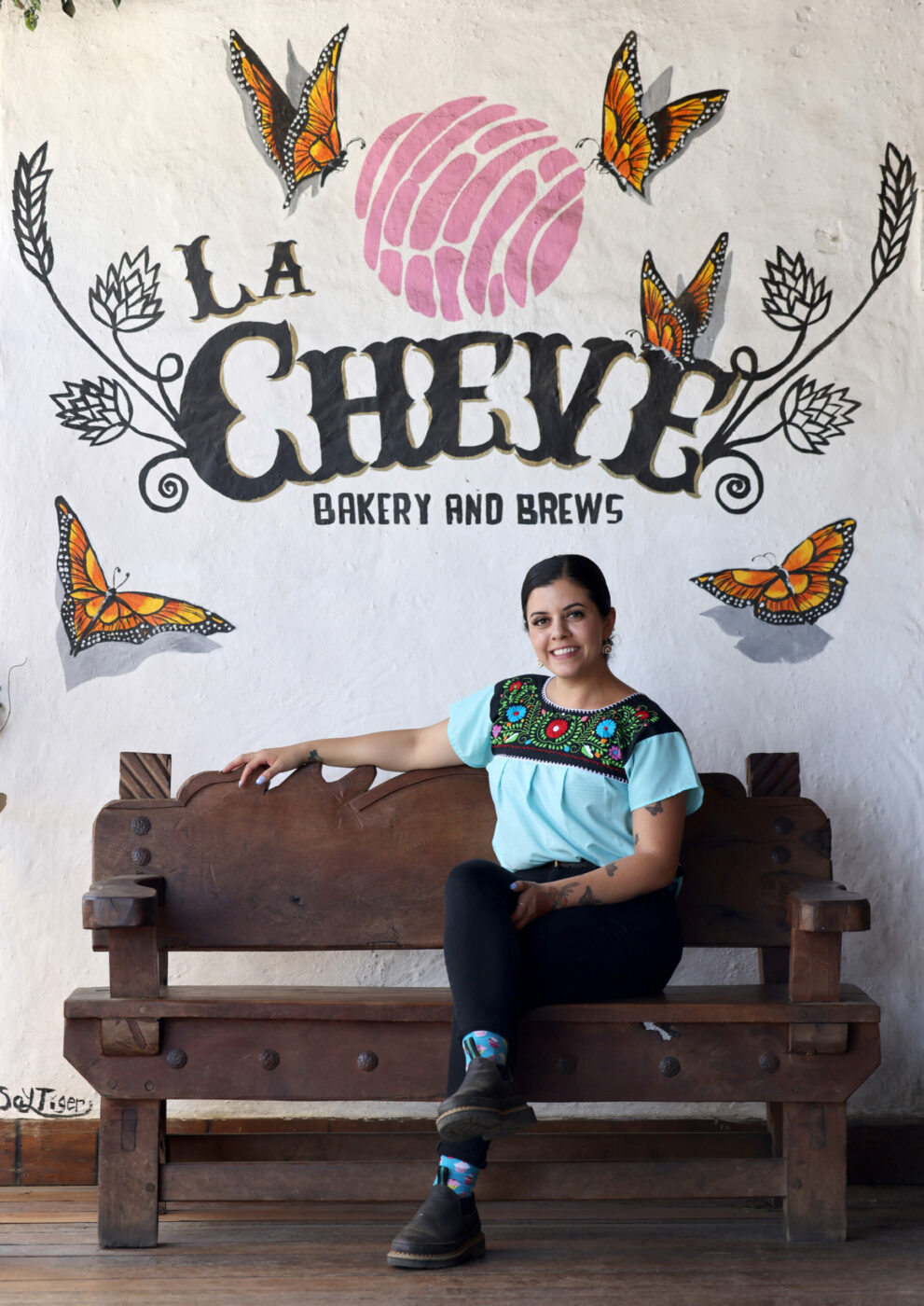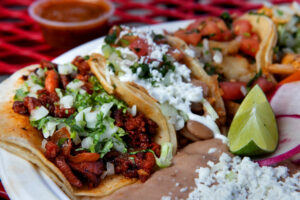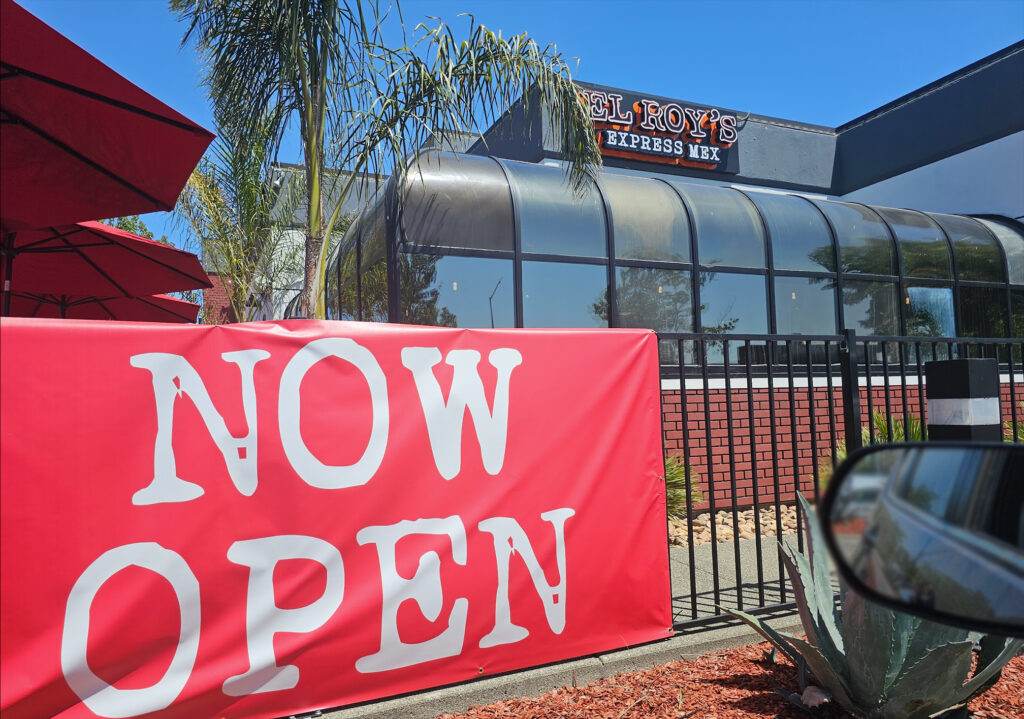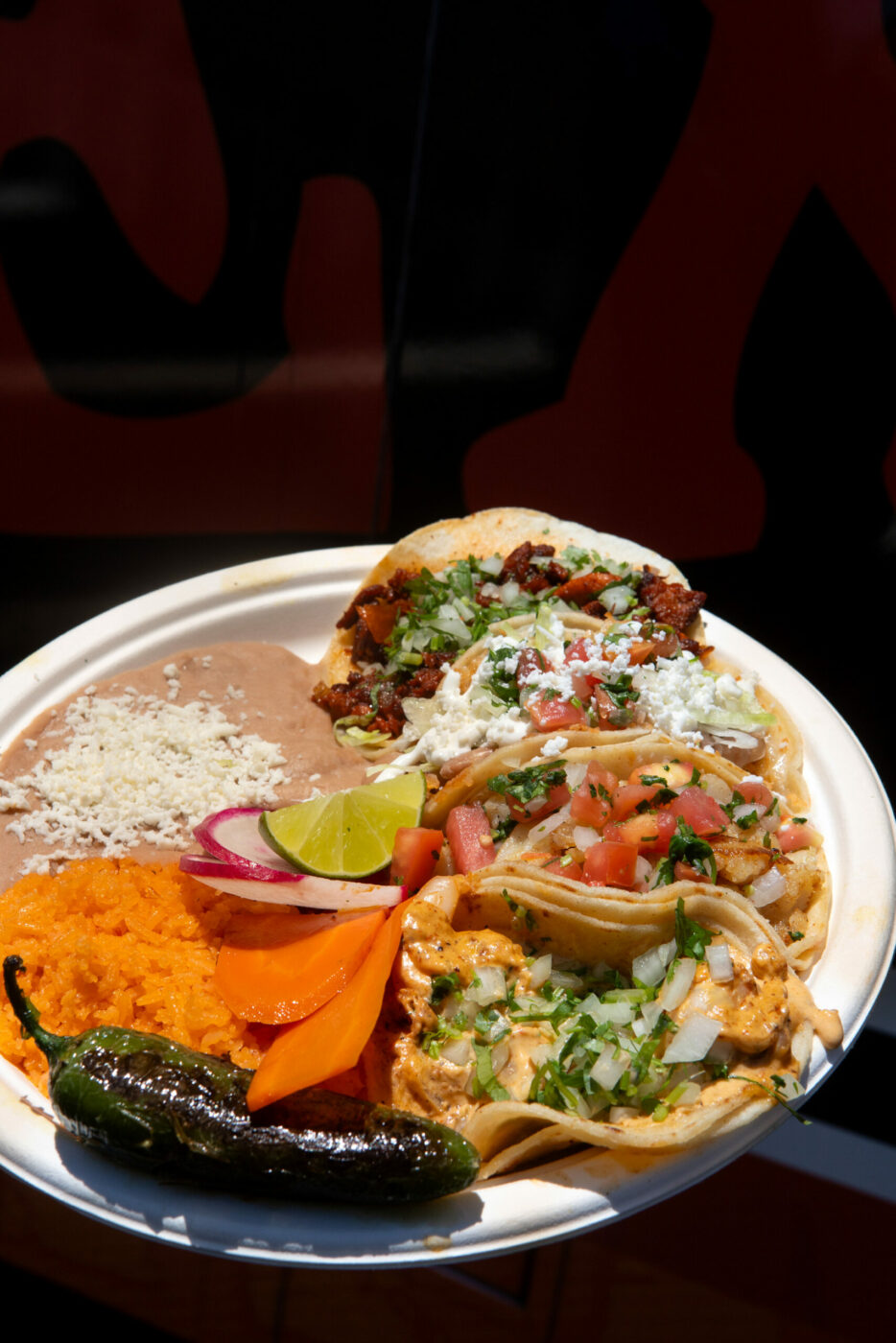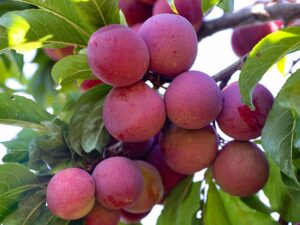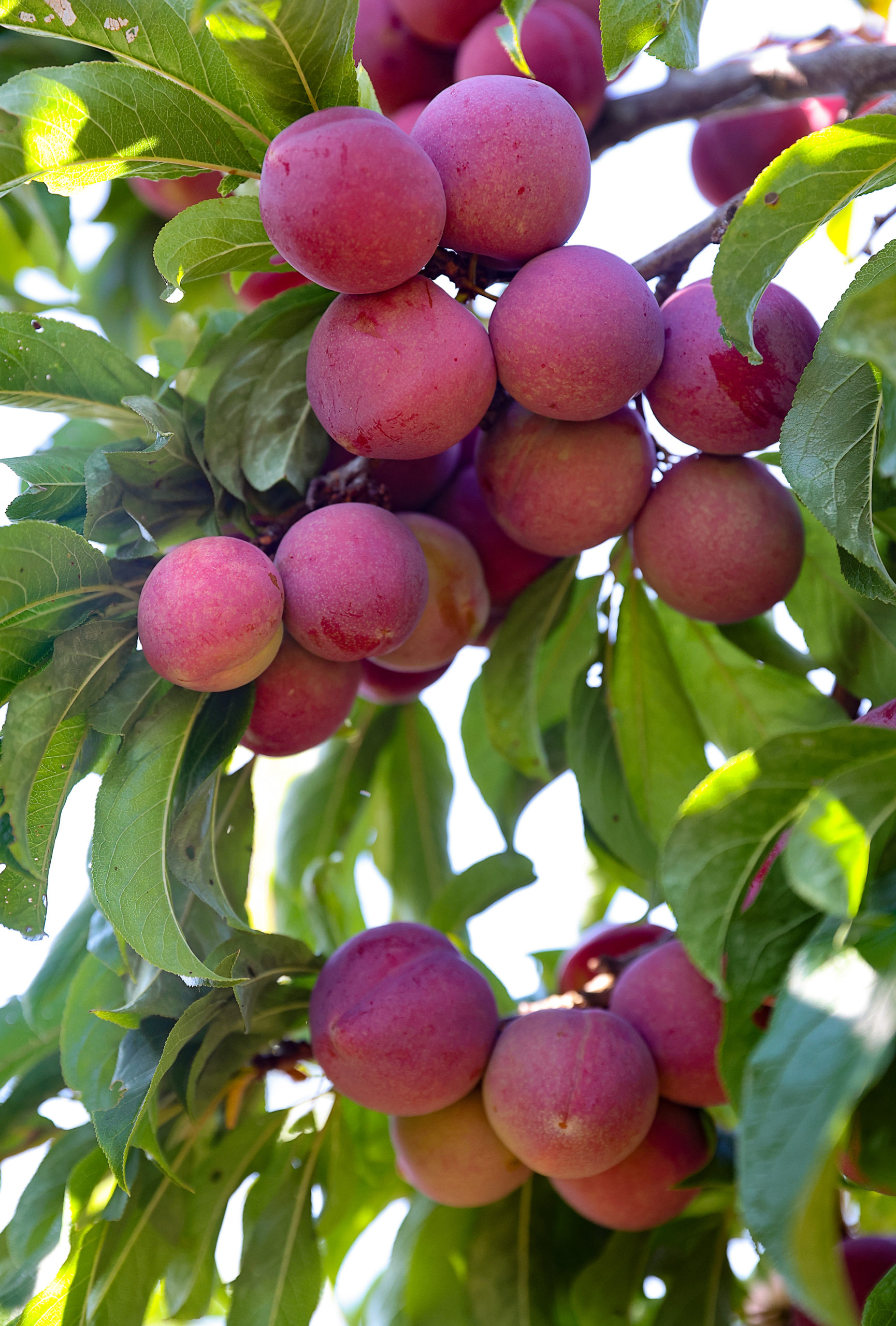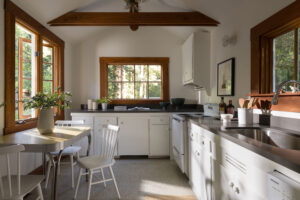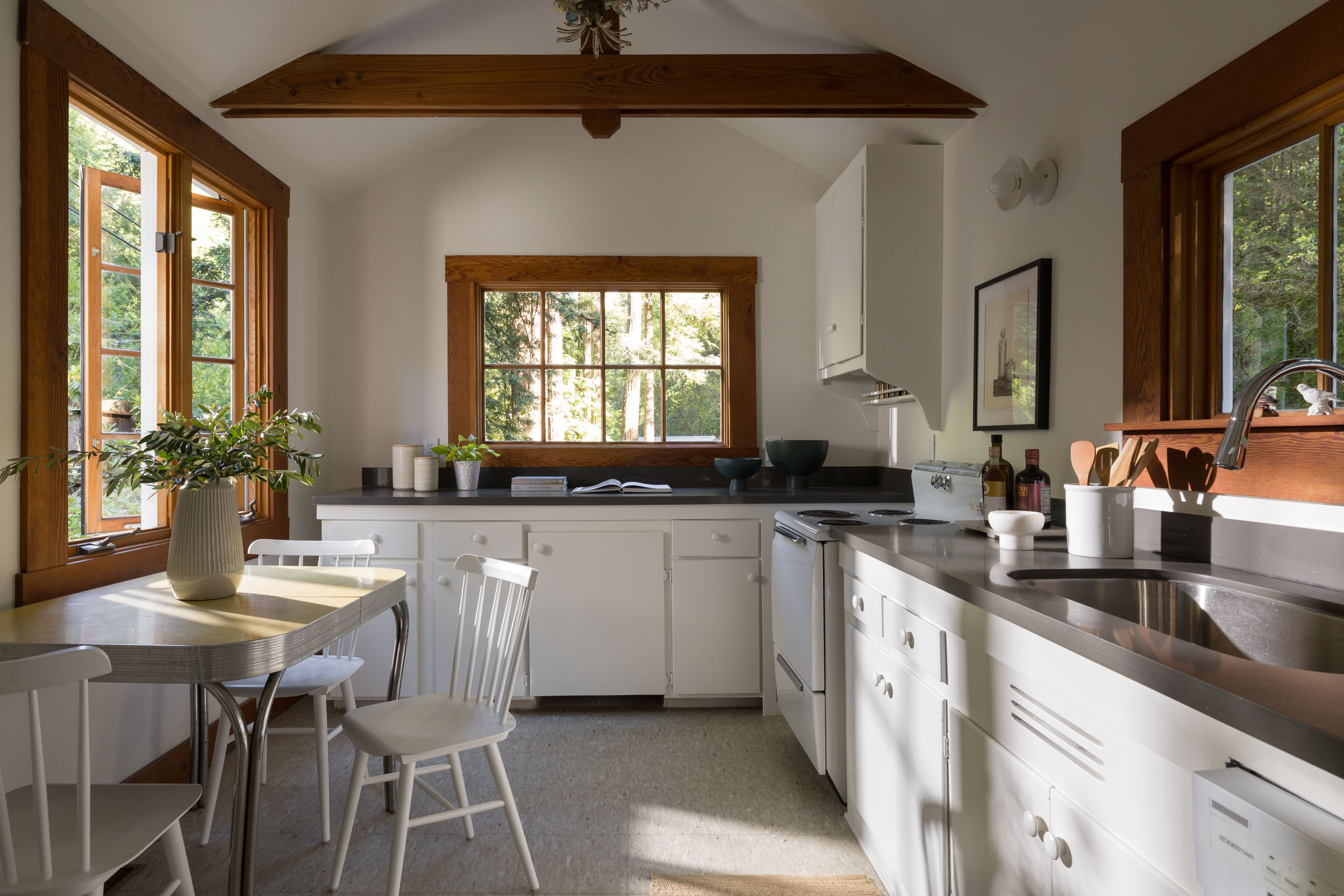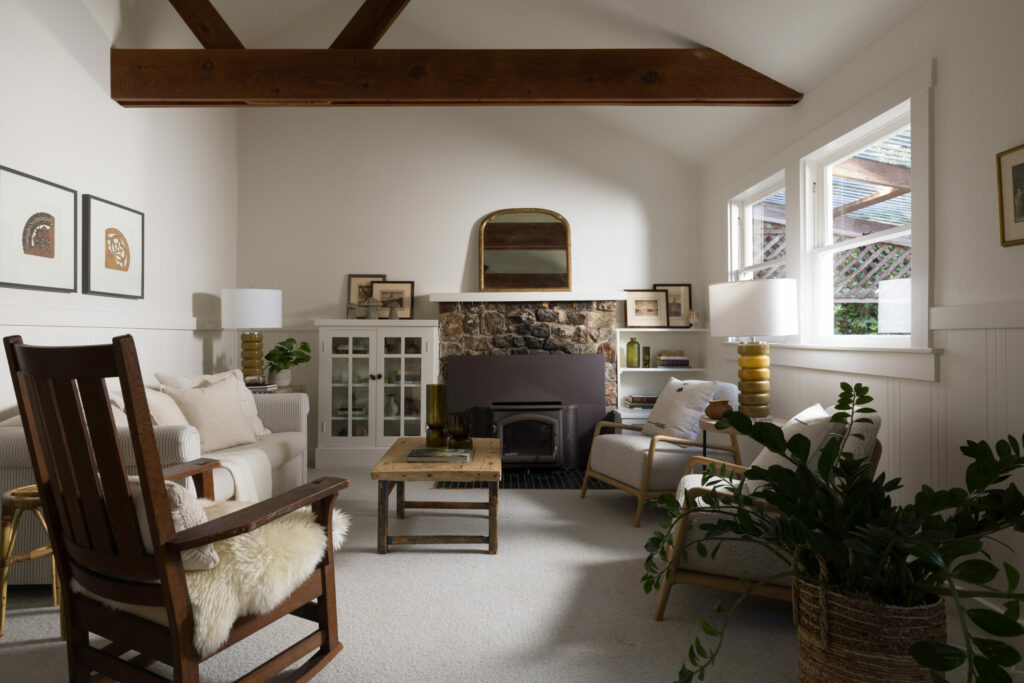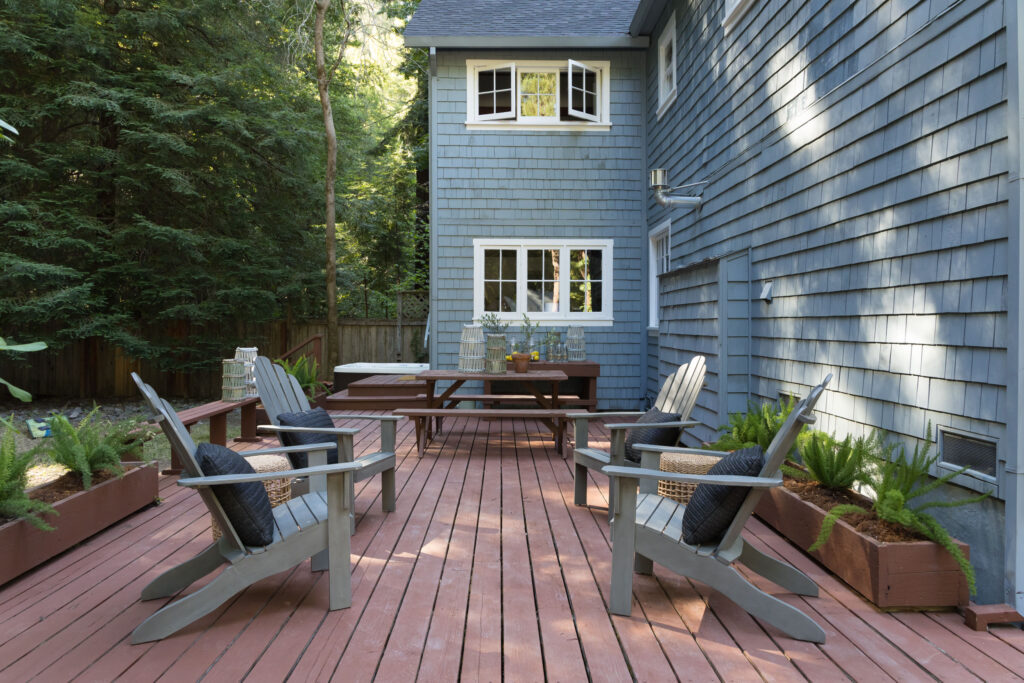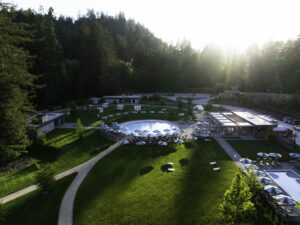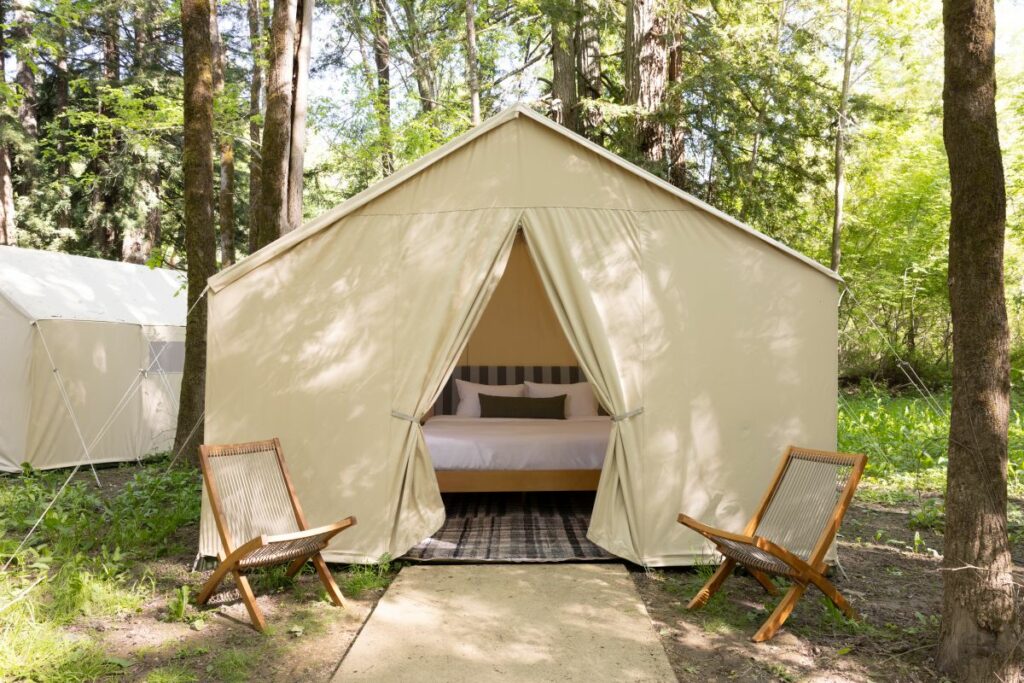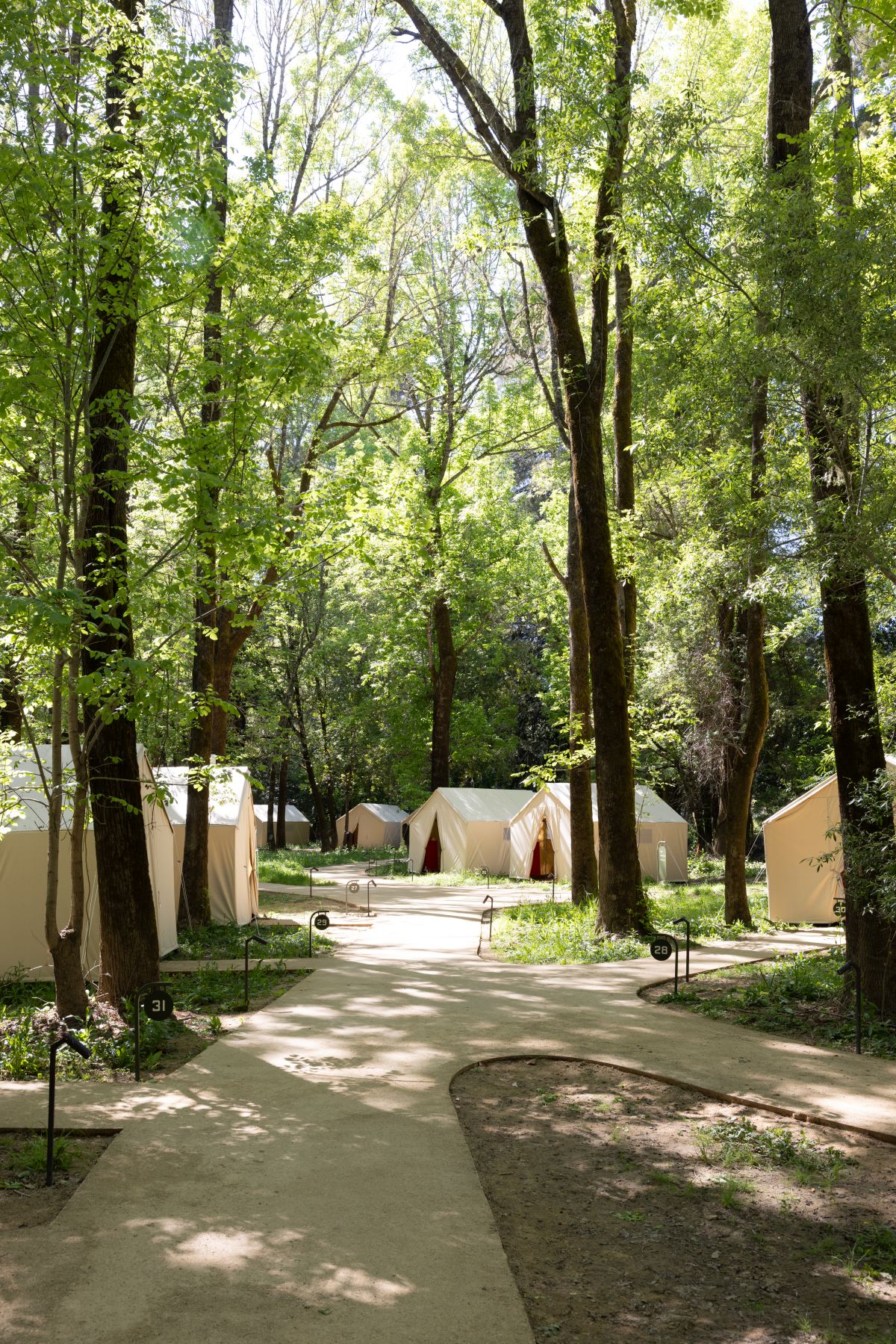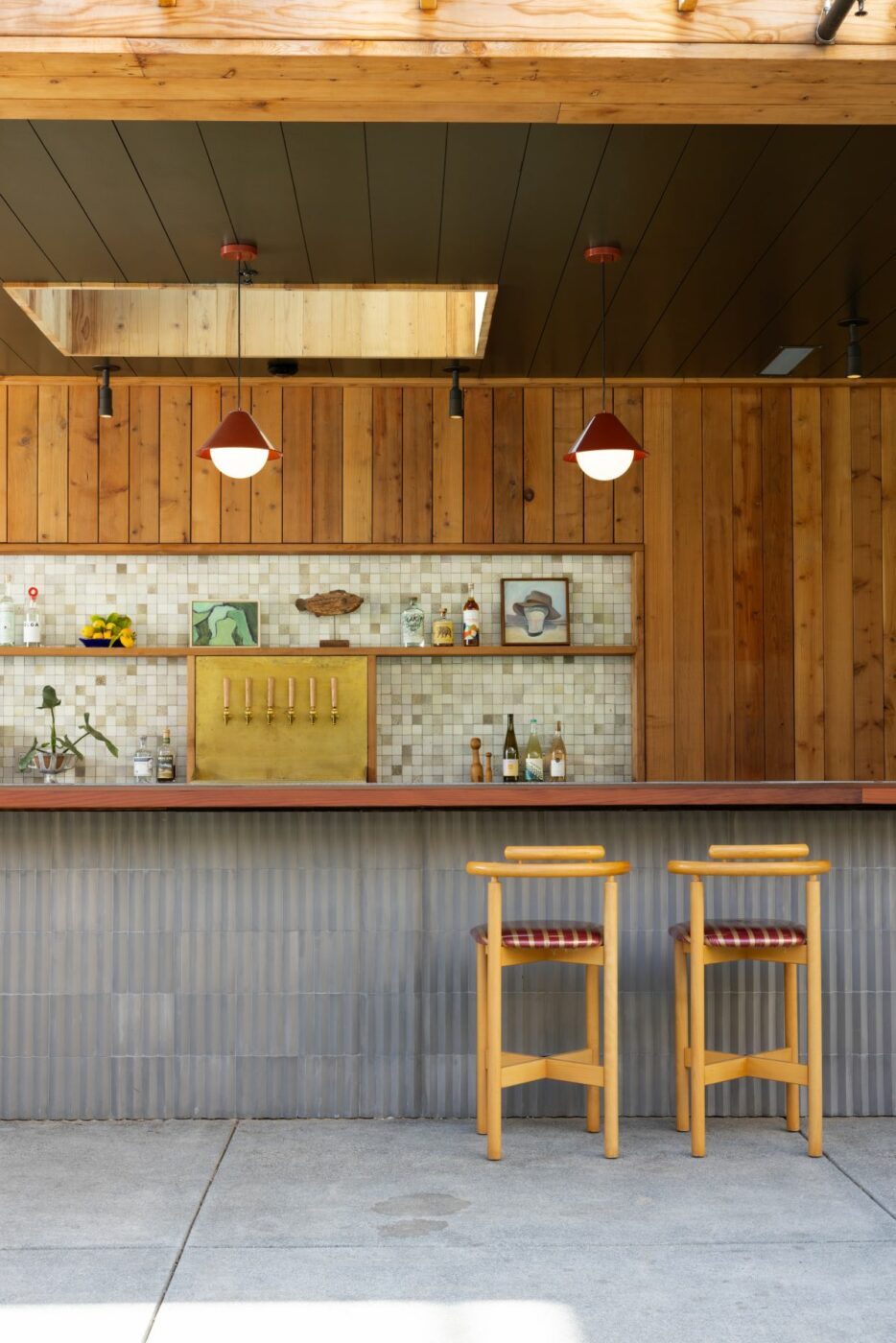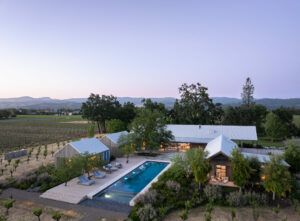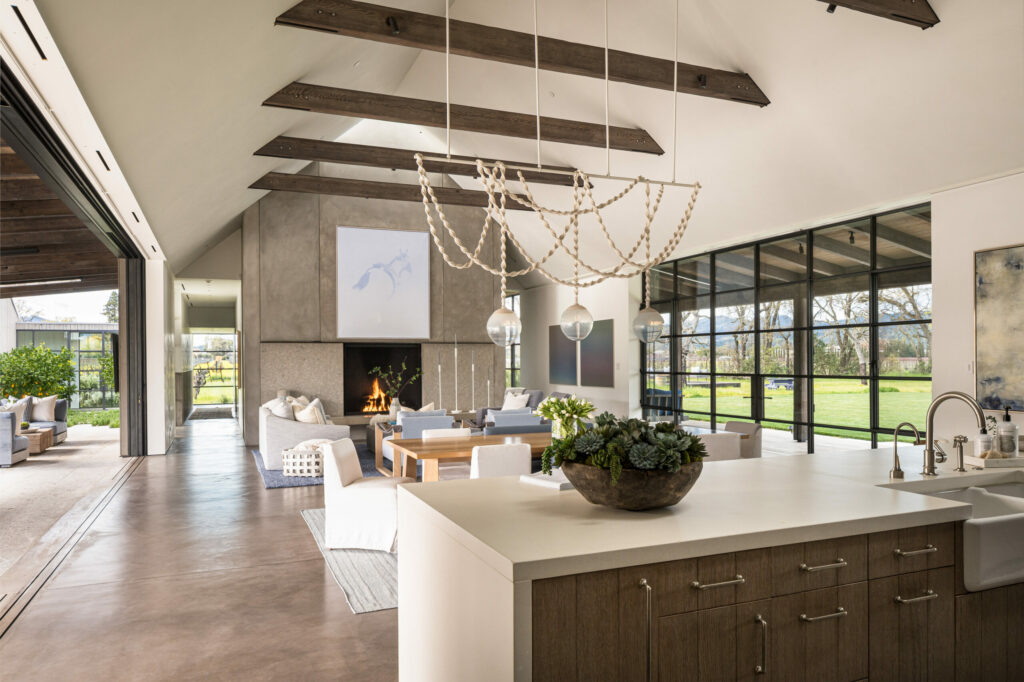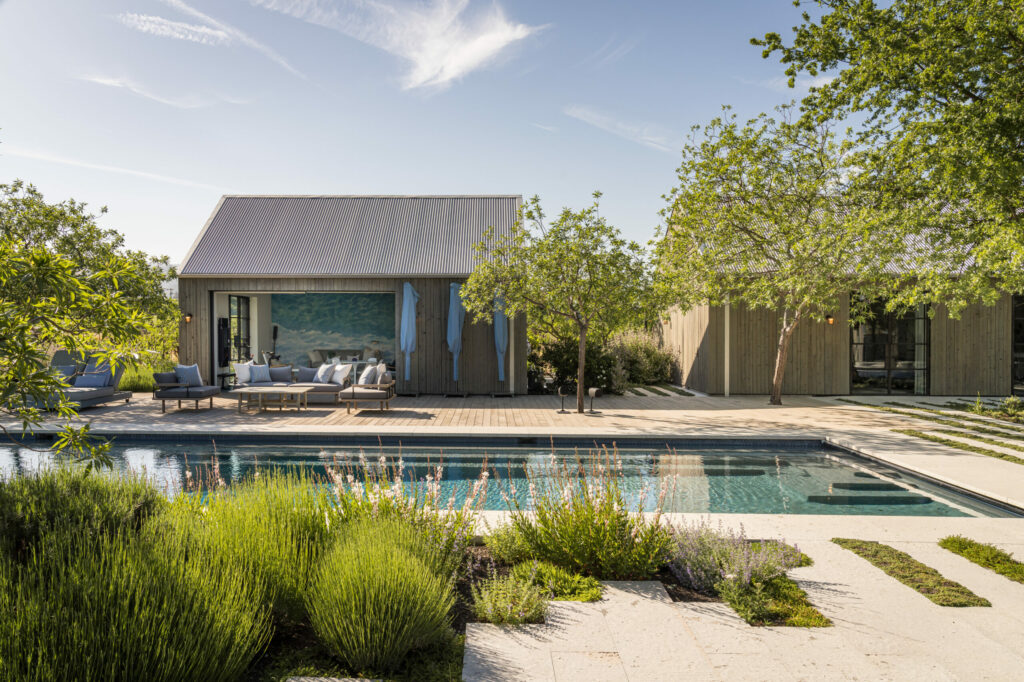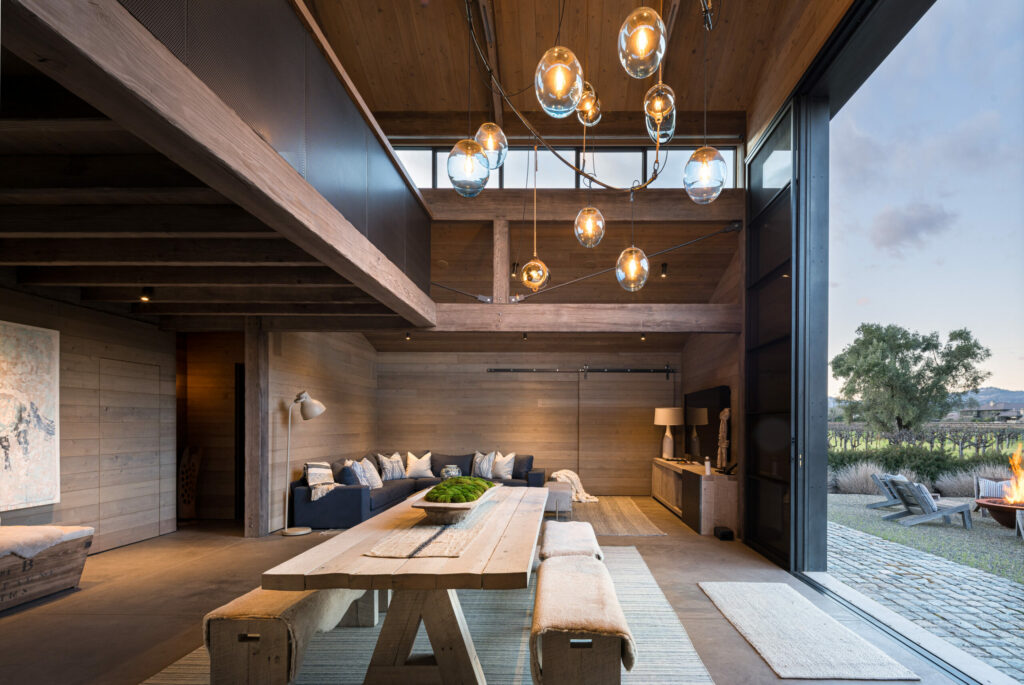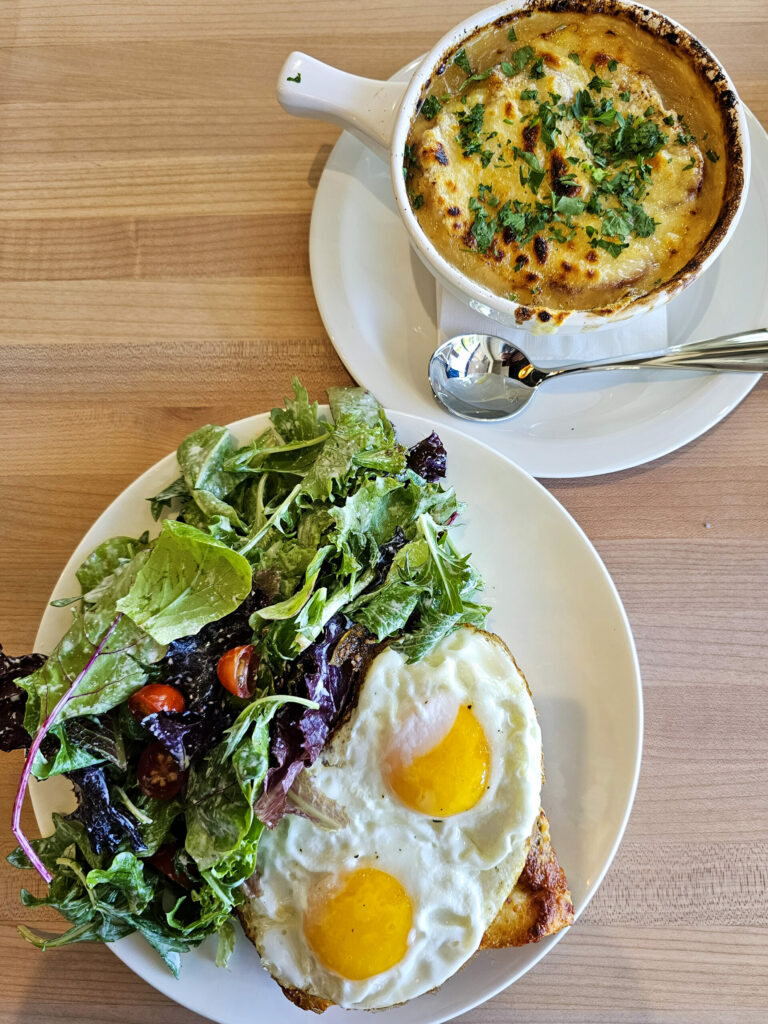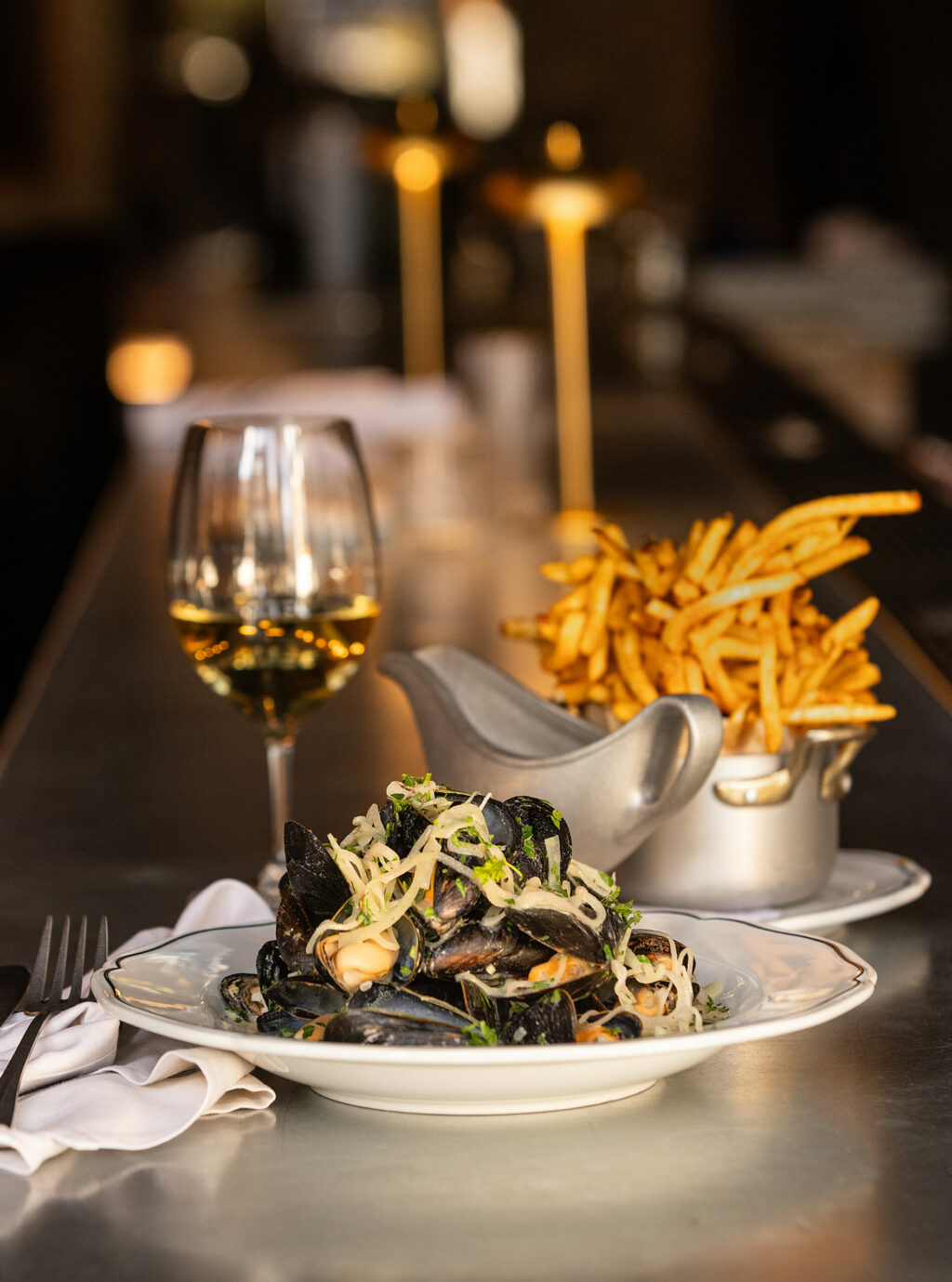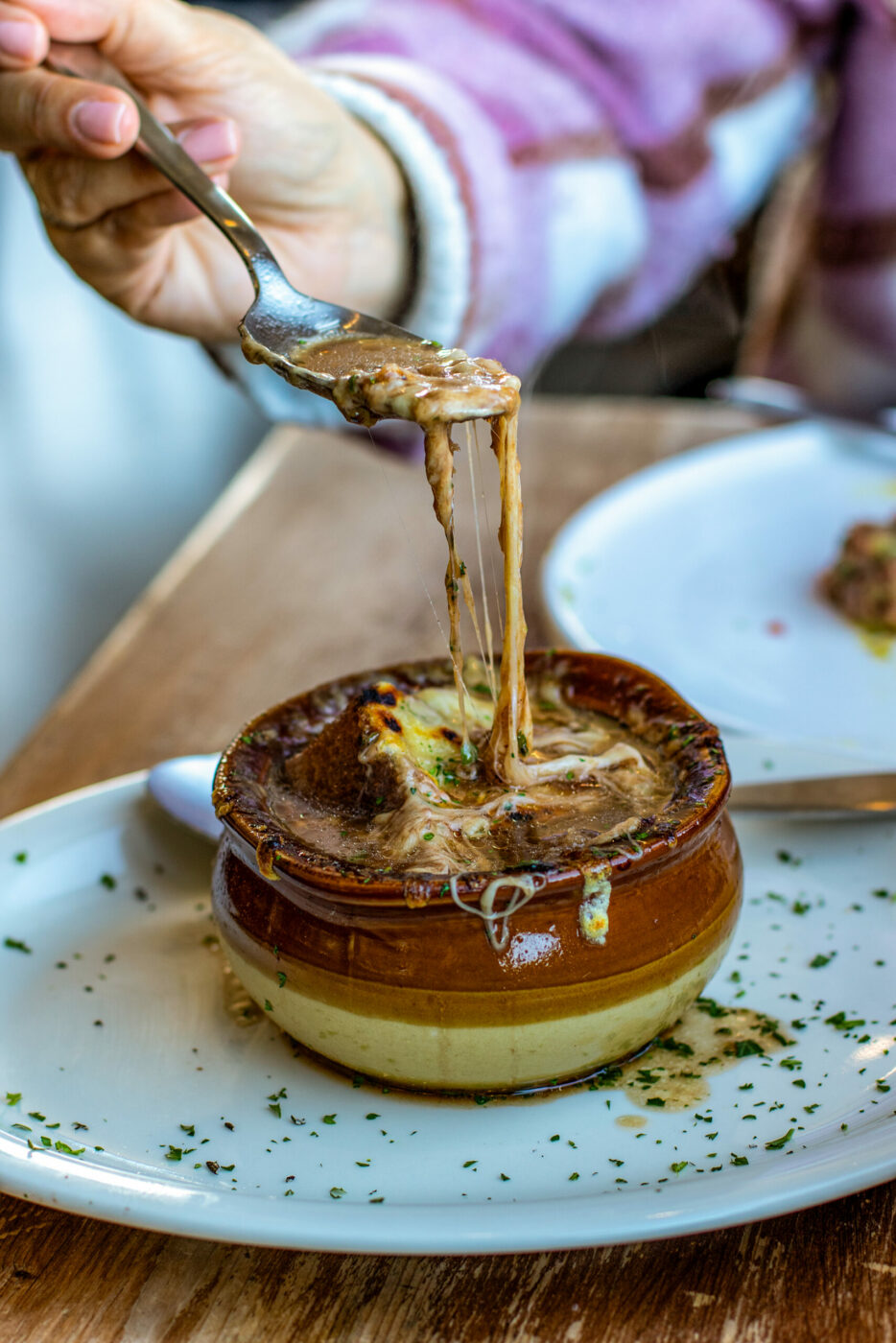Traveling between Petaluma and Santa Rosa on old country roads, the blink-and-you-miss-it town of Penngrove may appear as a blip on your GPS. At first glance, the town of just around 2,100 people seems quaint yet sleepy. But stop and linger for a while, and a world of quirky charm opens up.
It’s that charming, small-town feel that landed Penngrove on Travel + Leisure’s recent list of 10 best small towns to live in the United States. The travel magazine interviewed real estate experts from around the country to determine the best tiny towns with “access to health and educational facilities, green spaces and cultural activities.”
As the only California town on the list, Penngrove stood out as a place that “feels like stepping into a cozy TV rerun.”
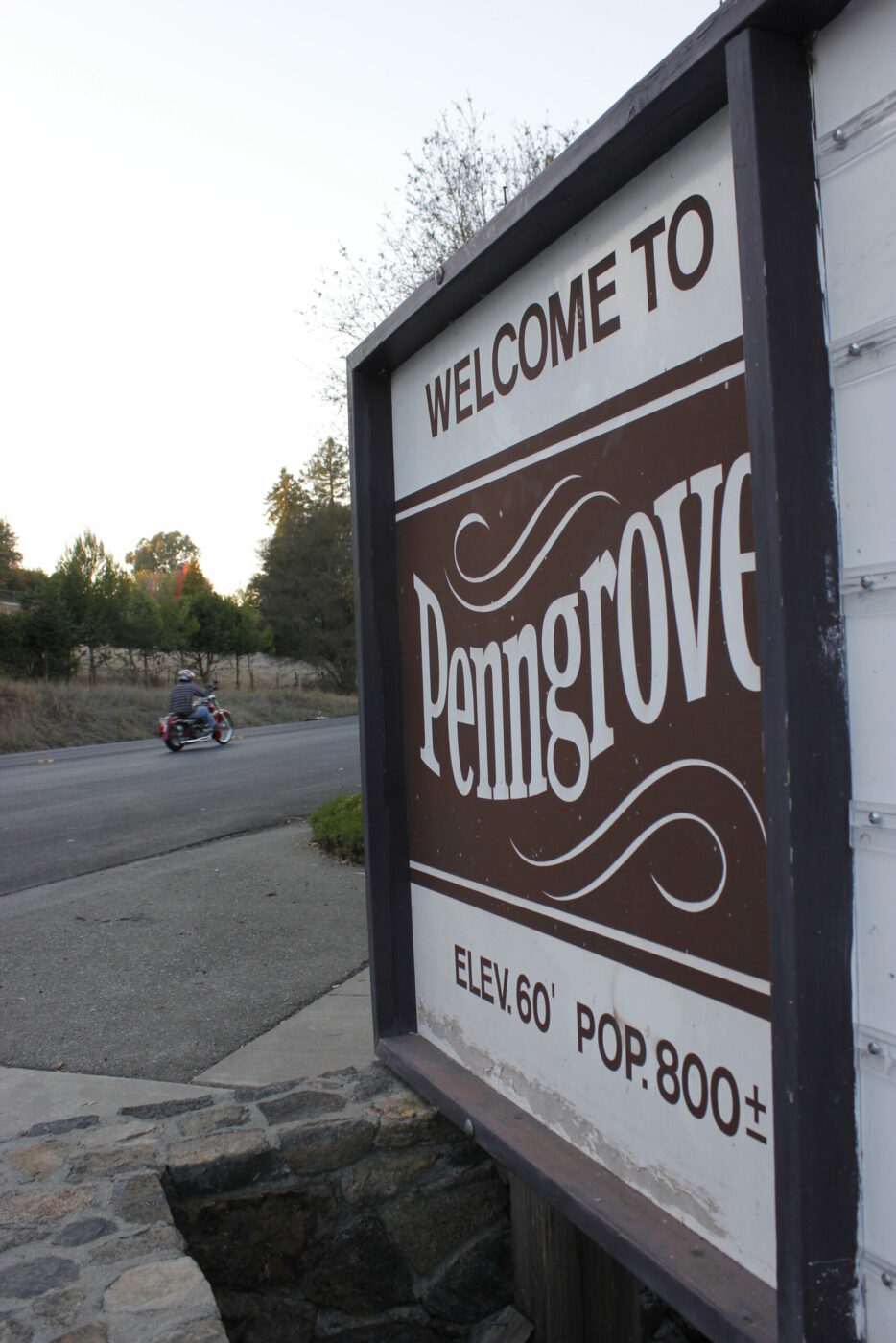
“Though it’s just a one-light town tucked into the foothills, it offers easy access to modern conveniences while providing a peaceful escape from city life,” said West Coast Realtor Holly Schaefer in the article.
Schaefer goes on to describe the charm of Penngrove: its rural country living, long-standing traditions, unique local business and “community full of character.”
Here’s where to go to experience the best of Penngrove.
Where to eat
Grateful Bagel
Though Penngrove’s 22-year-old breakfast and lunch staple JavAmore Cafe closed in the fall of 2024, the county’s go-to local bagel chain Grateful Bagel took over the spot just a few weeks later. Find signature bagel egg sandwiches as well as croissants, smoothies, salads, burritos and other breakfast and lunch dishes (including the newly added banh mi). Located in The Grove Plaza. 10101 Main St., 707-794-1516, facebook.com/thegratefulbagelca
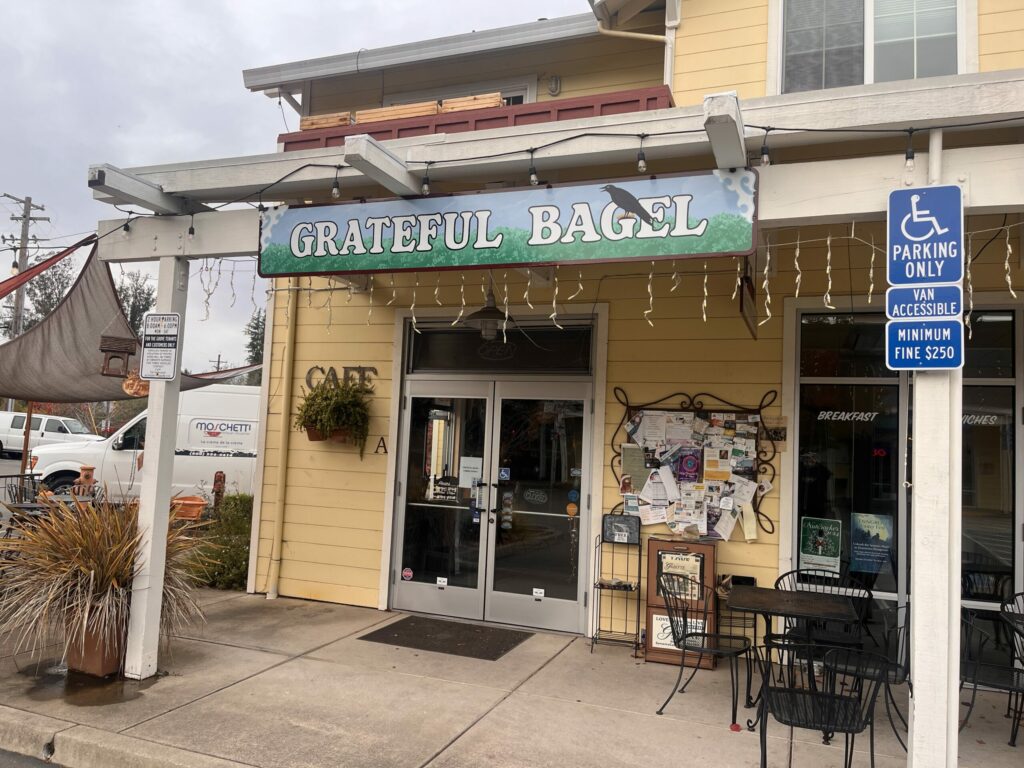
The Grove
Part café, part speakeasy, this curious new spot in the former Mack’s Bar & Grill held a soft opening over the Fourth of July weekend. By day, it’s The Pour House at the Grove, serving up coffee and baked goods, with a full espresso bar on the way. Come nightfall, The Grove becomes a speakeasy for cocktails and bites. The recent soft opening debuted a limited menu of dishes, such as barbecued oysters, Thai chicken skewers, pibil pork sliders and a dressed-up baked sweet potato. Stay tuned for more details on the grand opening. 10056 Main St., instagram.com/the_grove_speakeasy
Odd Cookie Bakery
This wildly creative little bakery opened last summer with a lineup of over-the-top cookie and cupcake creations. The flavors of the goodies are just as inventive as the names, like the “I Need Dubai This Cookie” with toasted pistachios, chocolate chips and a craze-worthy Dubai chocolate bonbon in the center. Also find brownies, cake cups, marshmallow treats and hot cocoa bombs. Keep an eye on Odd Cookie’s Instagram for fun foodie photos and seasonal treat drops. 10000 Main St., Penngrove, 707-283-7772, oddcookiebakery.com

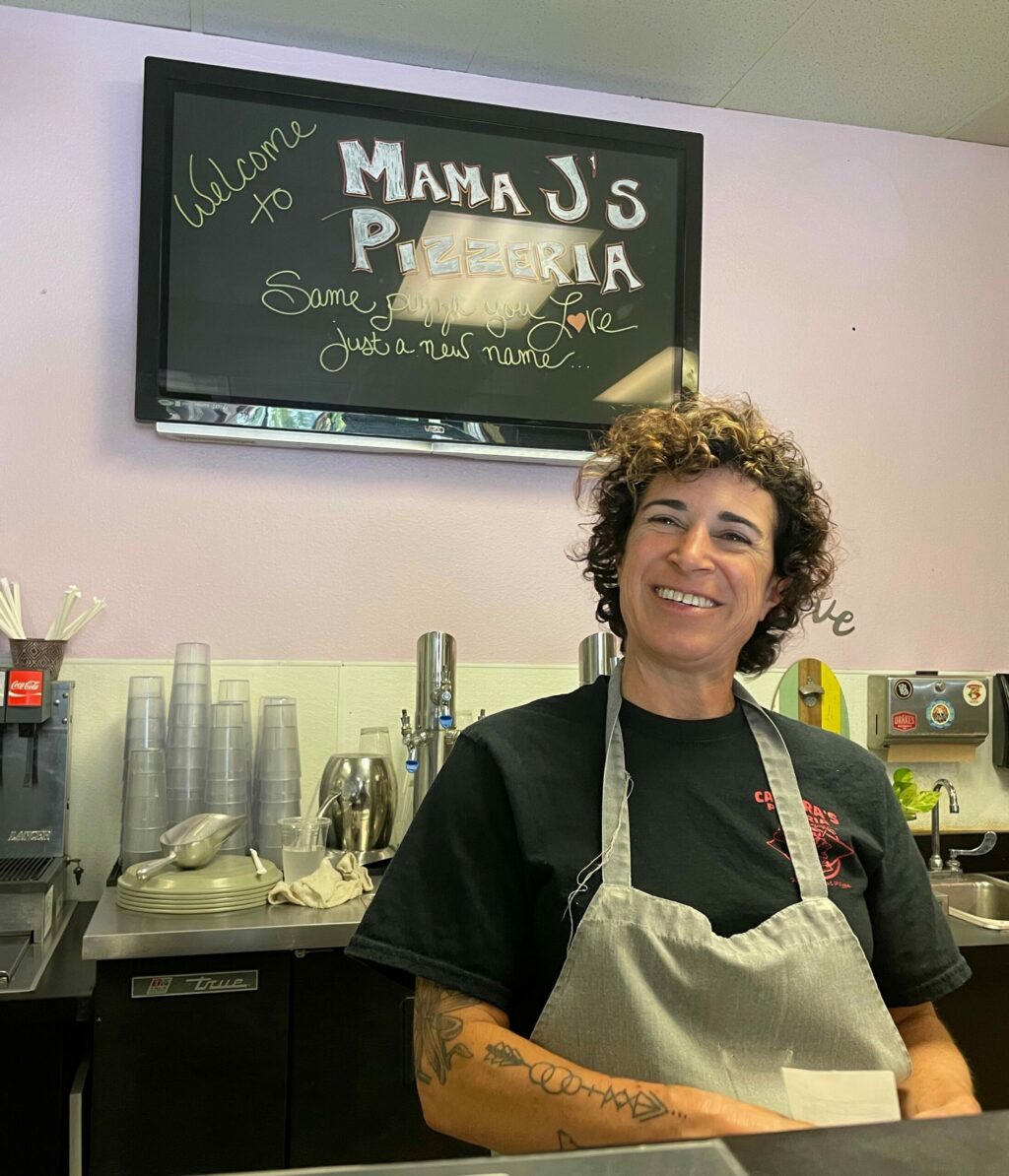
Mama J’s Pizzeria
Every place, no matter how small, needs a hometown pizza spot. Mama J’s has been Penngrove’s special slice of goodness since 1998, serving up West Coast sourdough pizza, salad, wings, fries, subs and even pork ribs. The Joe’s Combo is a satisfying classic pie with pepperoni, sausage, mushrooms, olives and onion. Feeling adventurous? Go for Buddy’s Special, topped with fresh garlic, anchovies and more garlic. Don’t forget the garlic breadsticks (and maybe a mint). 10101 Main St., 707-664-1515, eatatmamajs.com
Twin Oaks Roadhouse
Operating for nearly 100 years, this classic rancher bar serves up cold brews and elevated pub grub. Go for the pork sliders, roadhouse cheddar burger, beer-battered fish tacos and Nashville hot fried chicken sandwich. 5745 Old Redwood Highway, 707-795-5118, hopmonk.com/twin-oaks
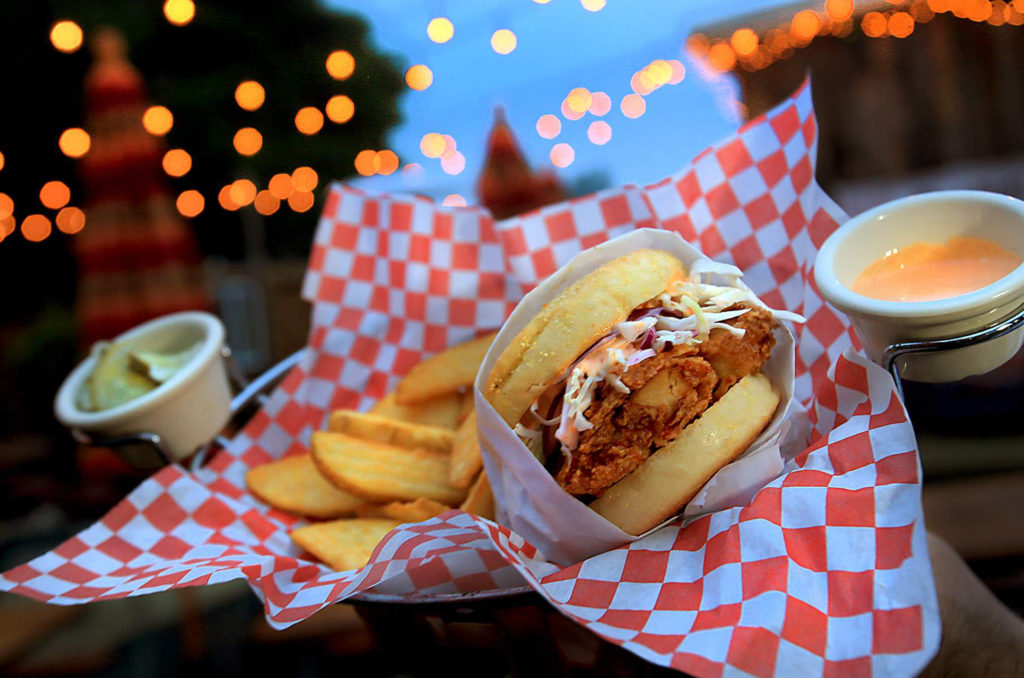
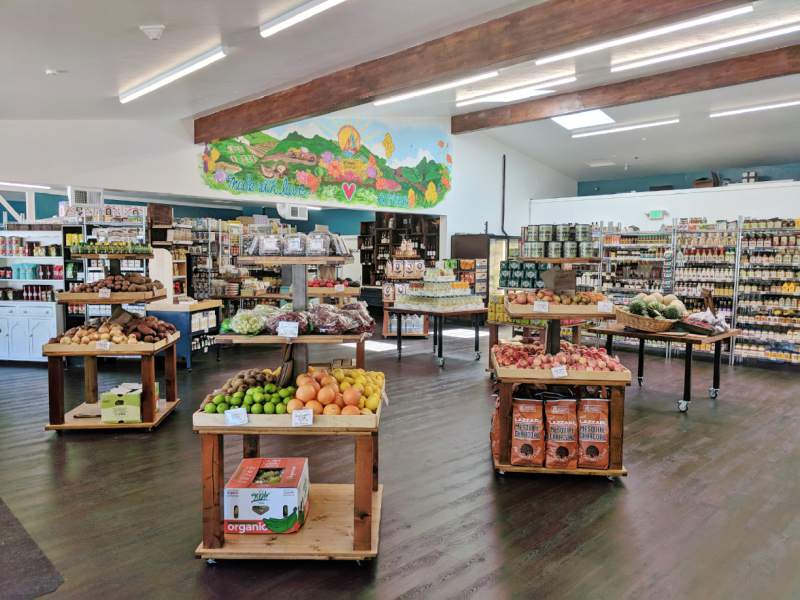
Where to shop
Penngrove Market
The neighborhood grocery store carries plenty of products from local artisans and farmers. Its purveyors include Red Bird Bakery, Mycopia Mushrooms, Revive Kombucha, Redwood Hill Farm, Retrograde Coffee Roasters and Zoe’s Meats. The market also has a kitchen with a wood-fired oven, serving up sandwiches, pizza and calzones. 10070 Main St., 707-753-4974, penngrovemarket.com
Soap Cauldron
Using time-honored soap-making techniques, the Soap Cauldron is behind the popular Three Sisters Apothecary line of artisan soaps and skincare products. Aside from the fragrant and beautifully marbled soap bars, find shampoo, shave oils, creamy body butters, soothing salves and massage oils. The shop even has a line of pet grooming products called Soapy Tails. 11830 Main St., 707-888-5659, soapcauldron.com
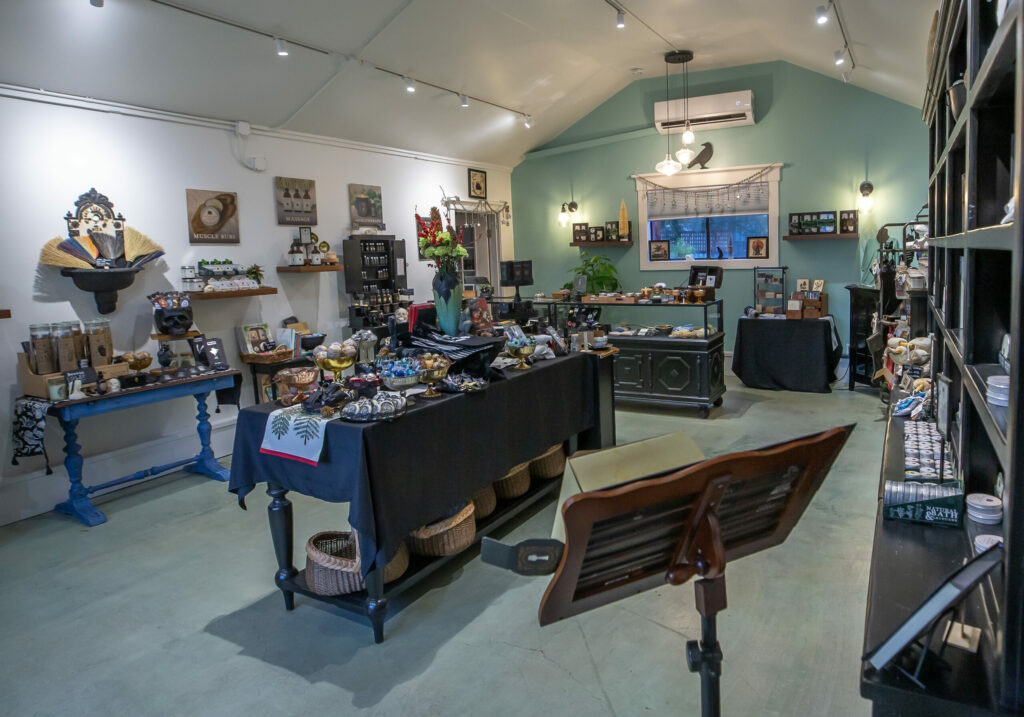
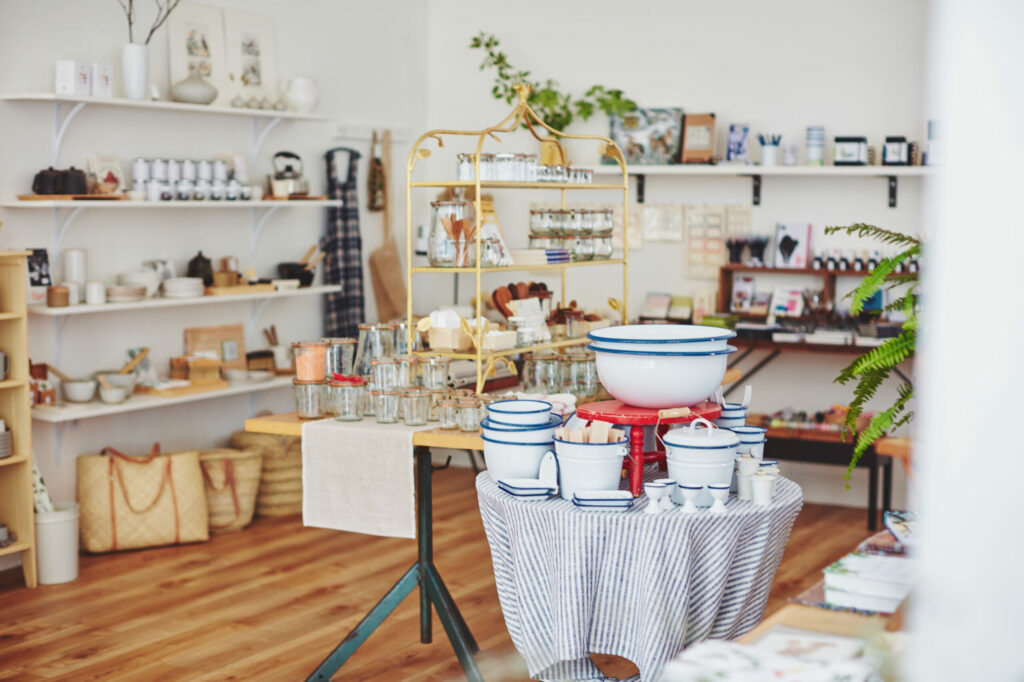
Good Gray
This cute shop is perfect for gift shopping. Its vast assortment of home products includes tea towels, mugs, kitchen brushes, enamel pots, soap dishes and so much more. Bonus perk: None of the products are made of plastic, not even the price tags. 9591 Main St., 707-755-4535, goodgray.com
Things to do
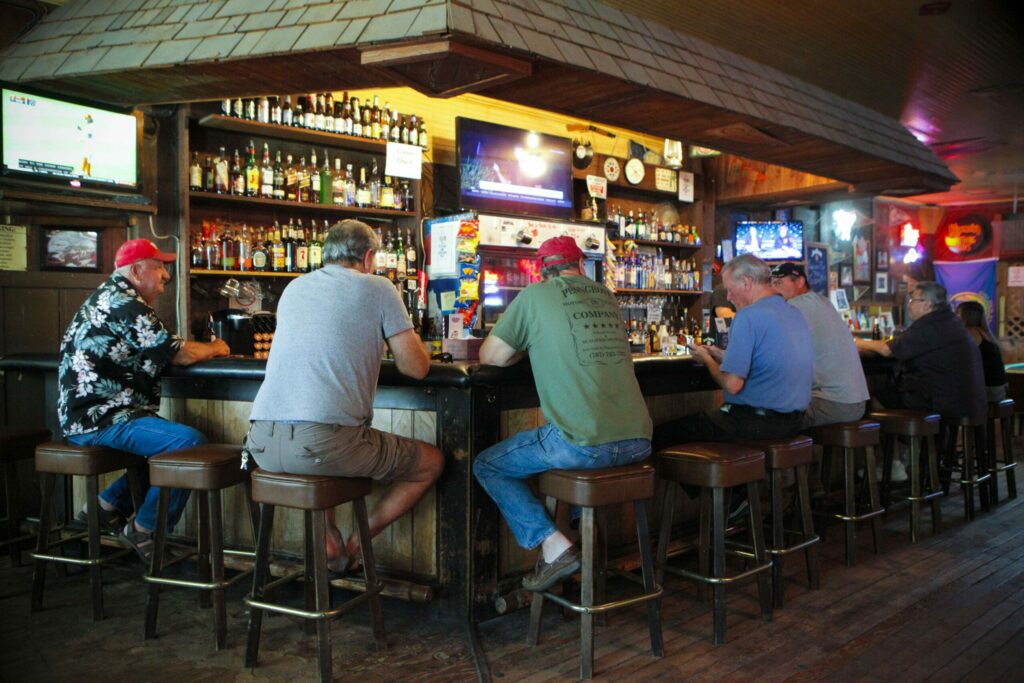
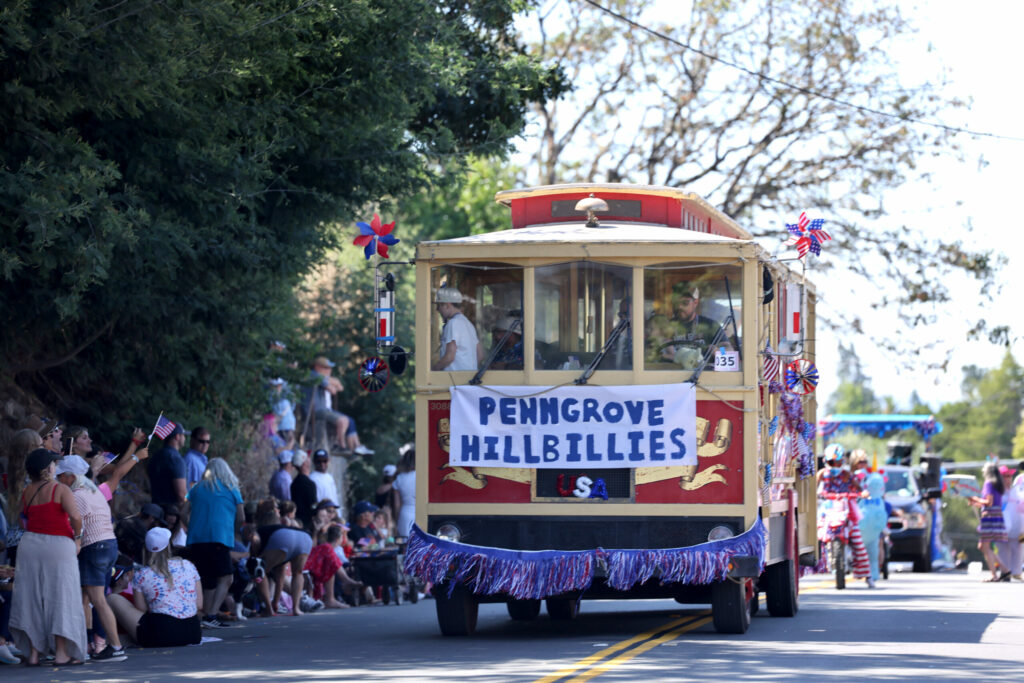
The Penngrove Pub
The neighborhood pub is a quintessential watering hole for drinks and community togetherness. Come for the live music, karaoke and line-dancing nights Wednesday through Sunday. Then get some post-partying eats at the next-door Tip Top Taco. 10005 Main St., 707-992-0121, thepenngrovepub.com
Penngrove Social Firemen events
Founded by Penngrove Fire Department volunteers in 1946, the Penngrove Social Firemen strive to support and foster community. The group maintains and manages Penngrove Park (11800 Main St.), holds fundraisers and other events at the Penngrove Clubhouse (385 Woodward Ave.) and hosts the annual Penngrove Parade down Main Street. If you missed Penngrove’s “Biggest Little Parade in Northern California” on July 6, there are plenty of other events to look forward to, such as a Hawaiian luau in September, a holiday light parade in December and a grand crab feed in January. penngrovesocialfiremen.org


